A look at the Buccaneers' complete rookie class.
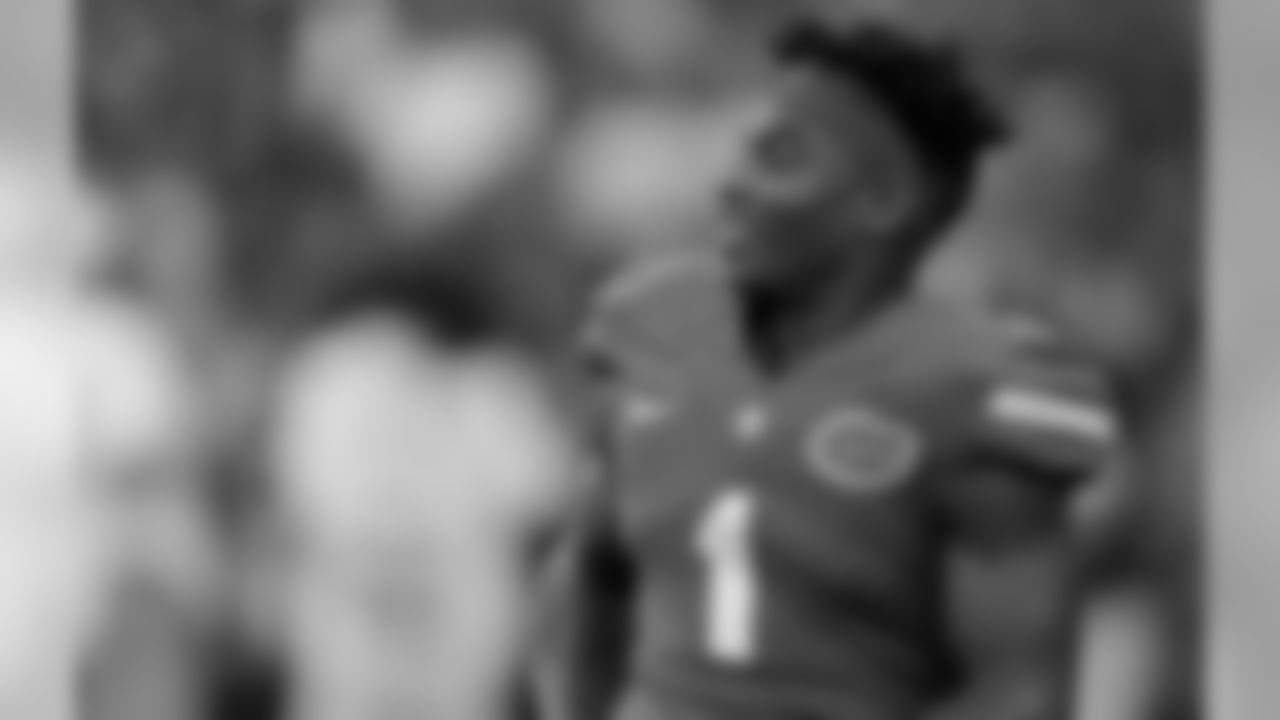
Vernon Hargreaves III

Noah Spence

Roberto Aguayo

Caleb Benenoch
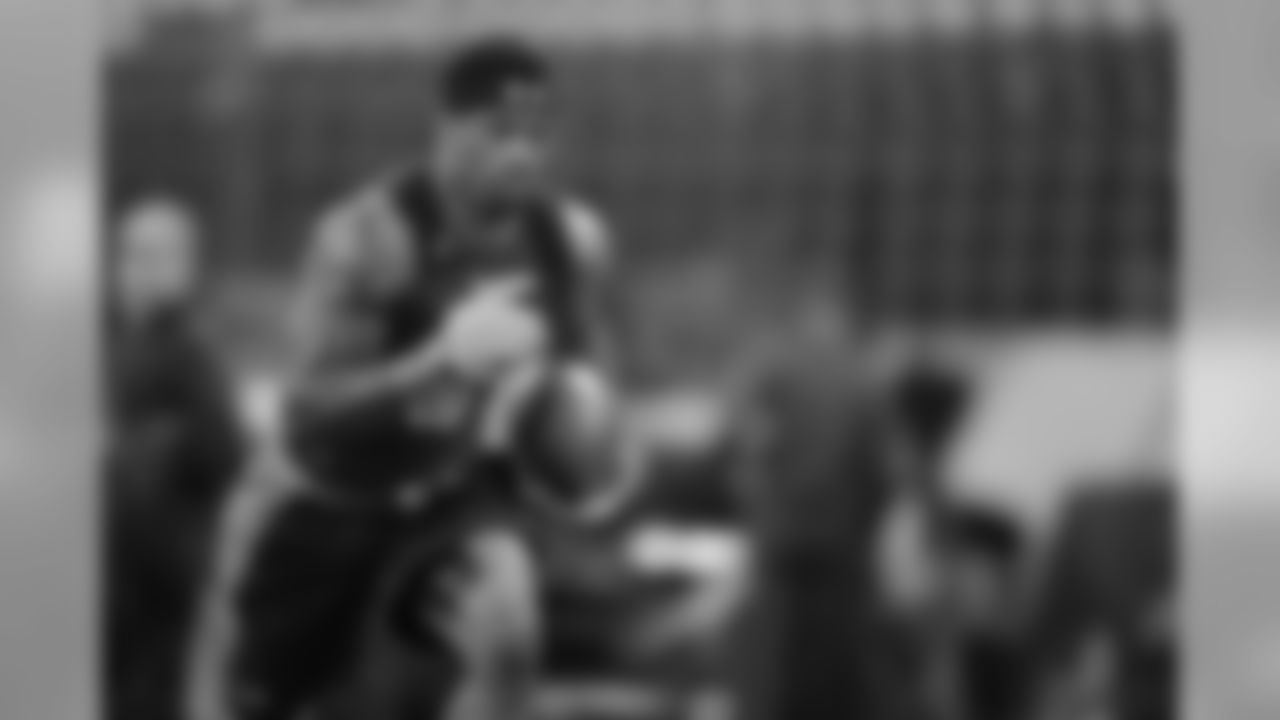
Ryan Smith

Devante Bond
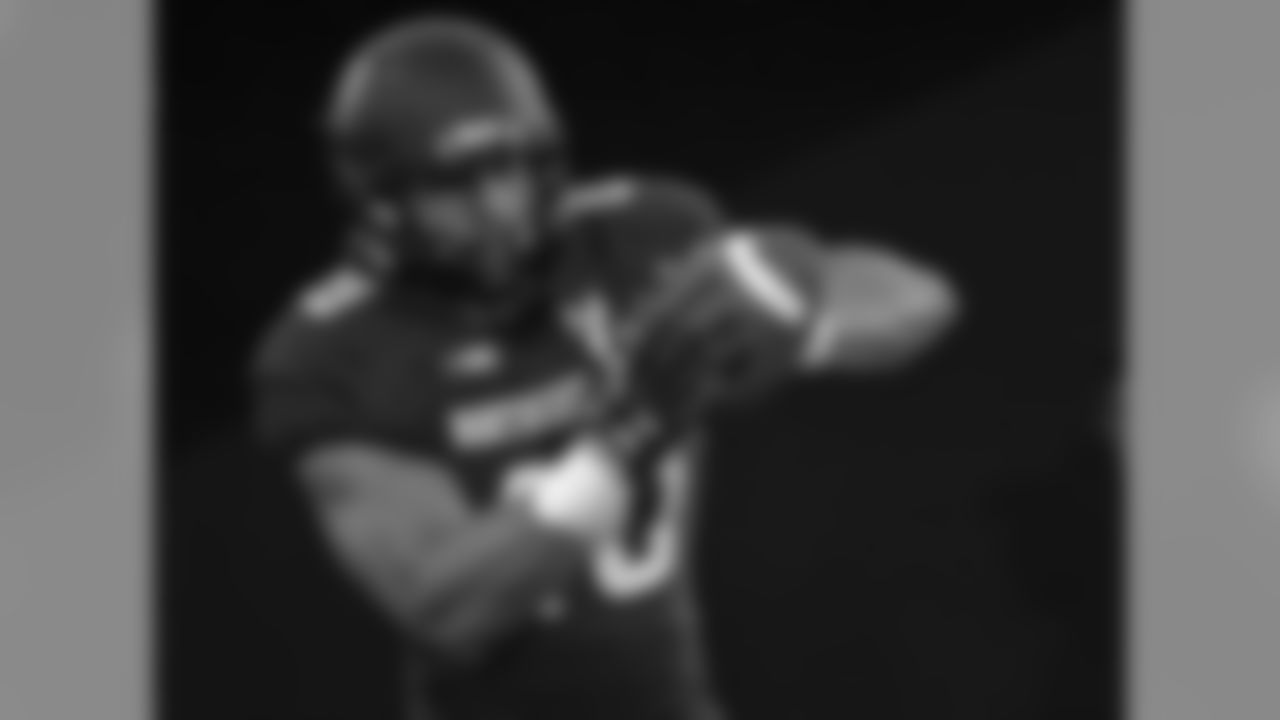
Danny Vitale
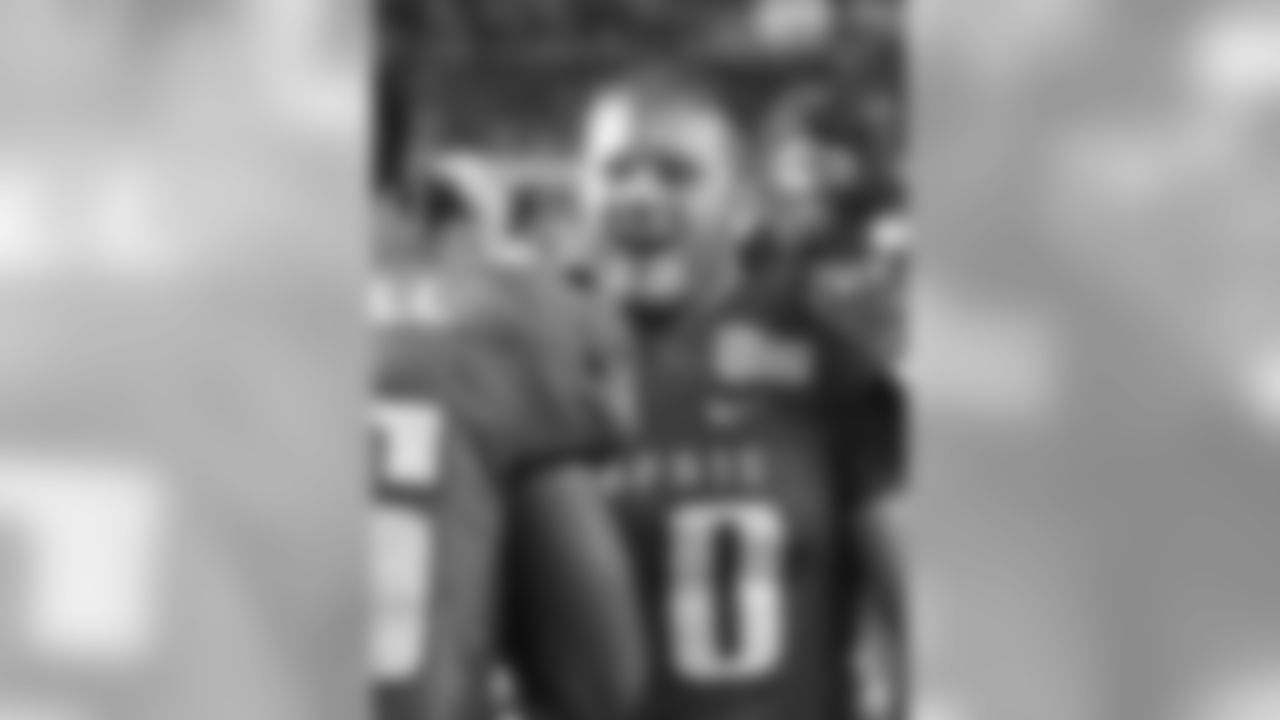
Alan Cross
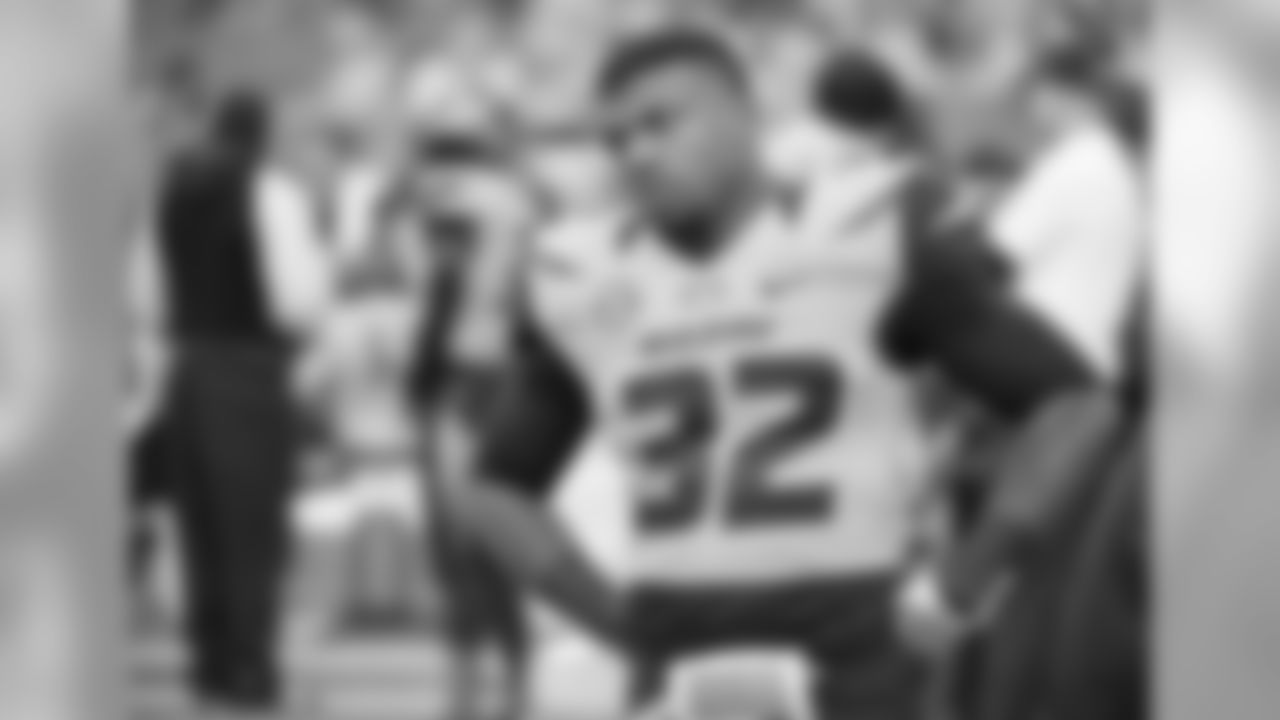
Russell Hansbrough

Elijah Shumate

Cassanova McKinzy

Davonte Lambert

Channing Ward
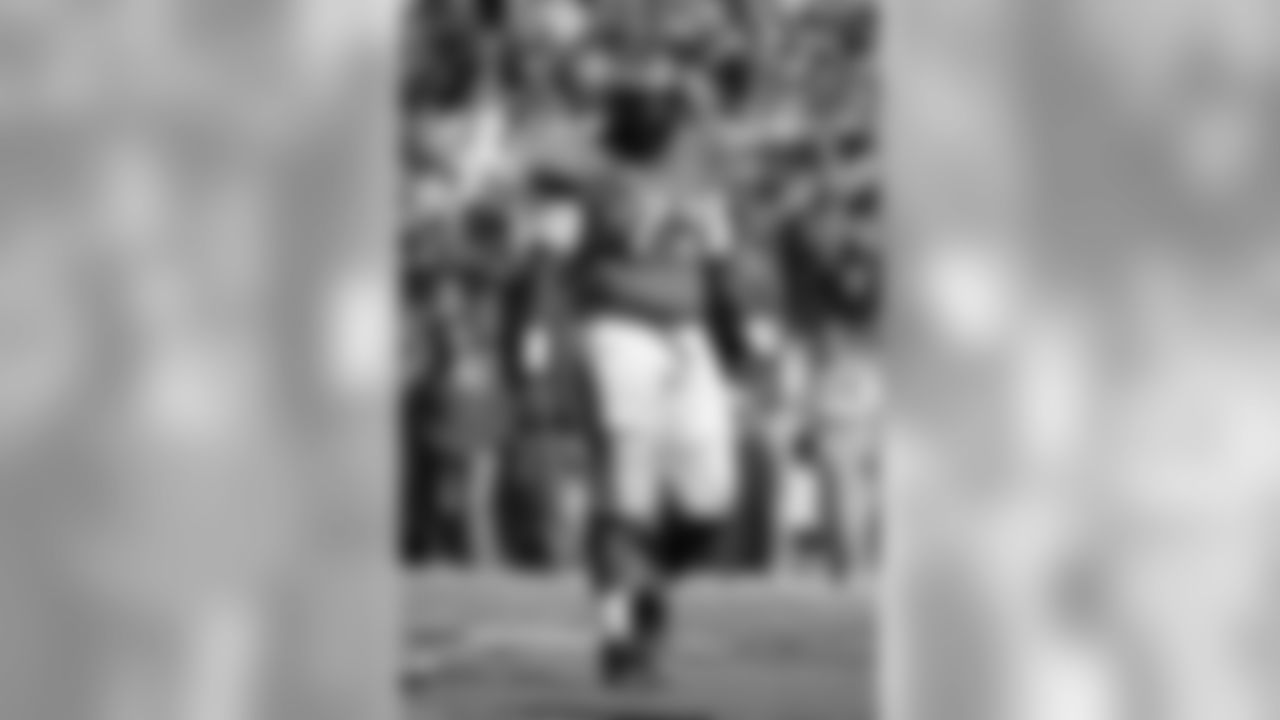
Taylor Fallin
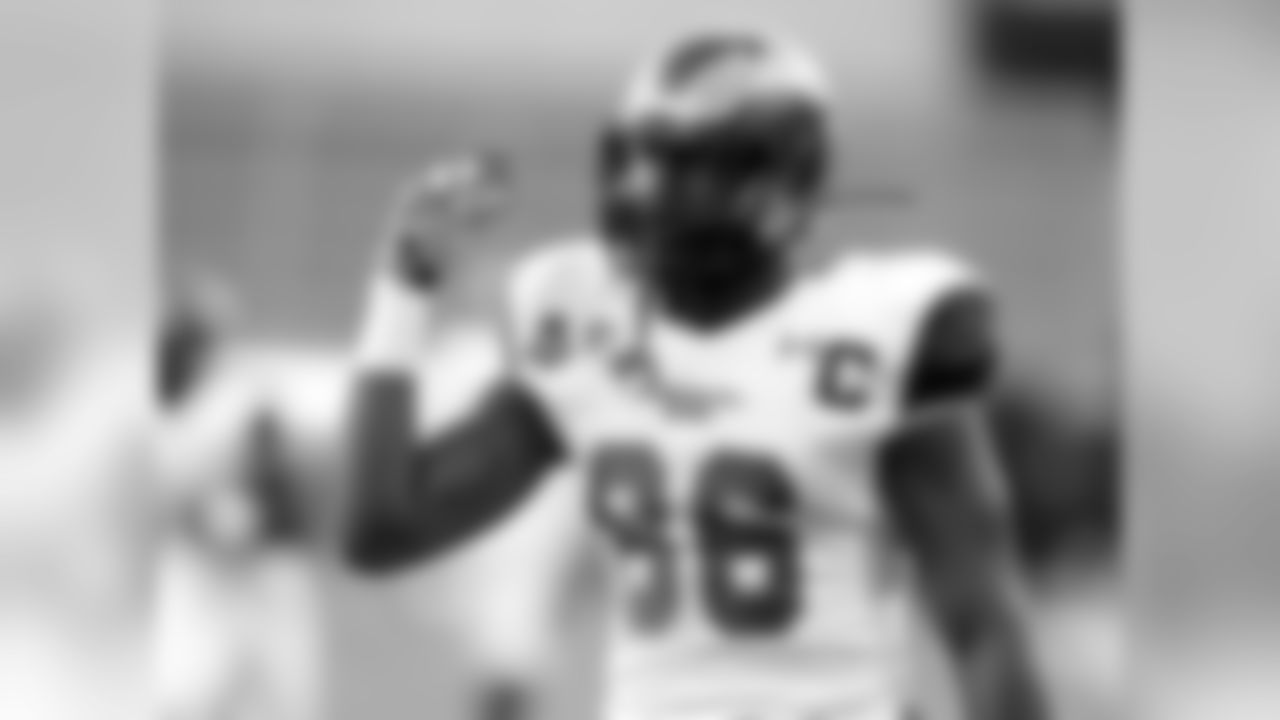
Kivon Cartwright
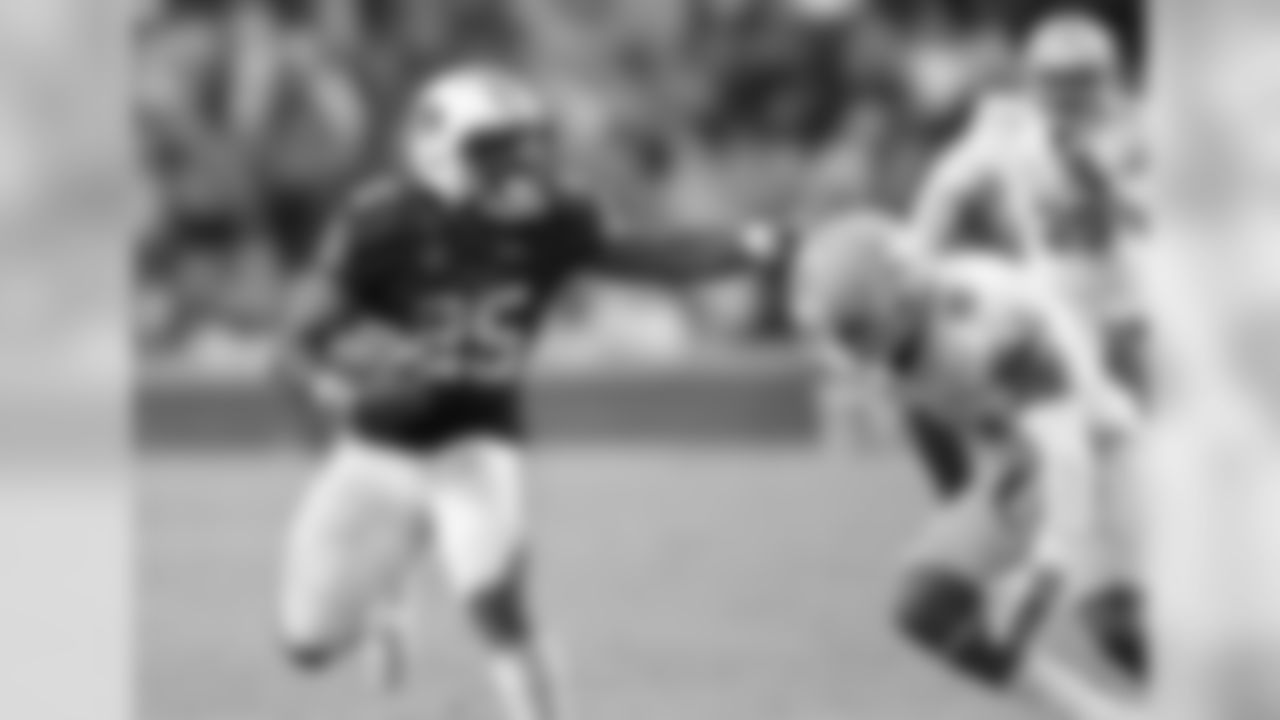
Peyton Barber
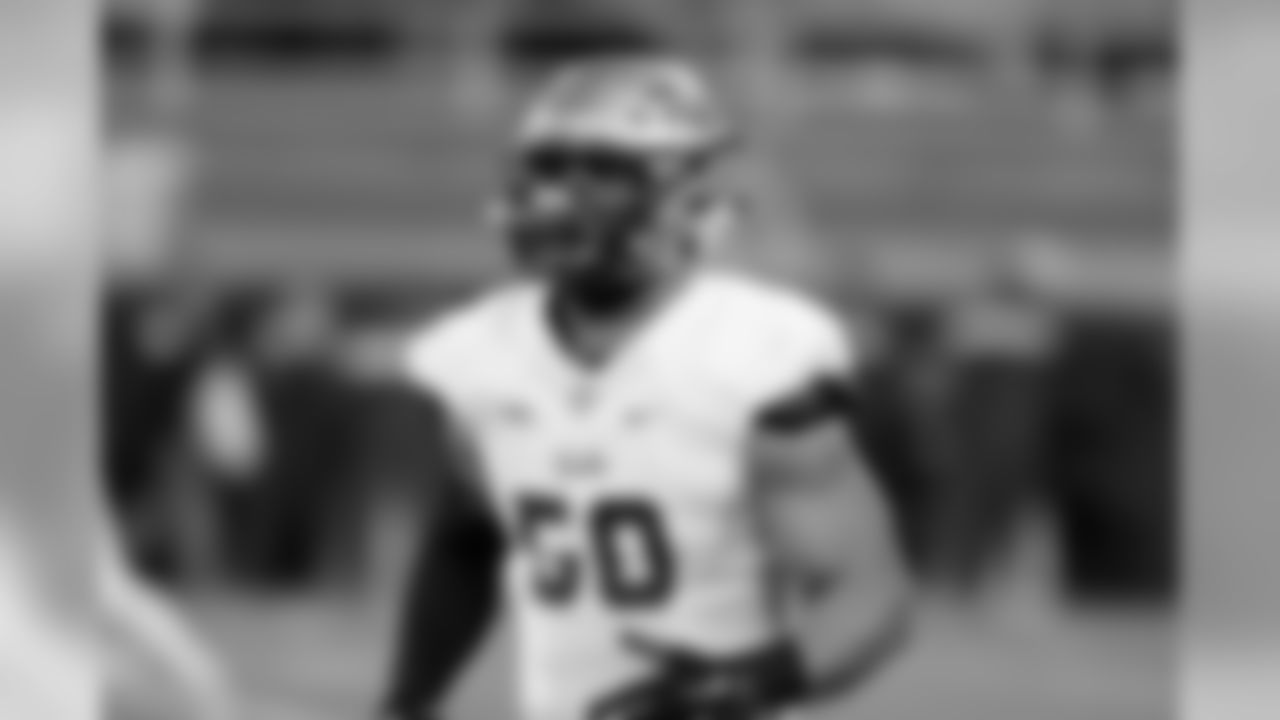
Luke Rhodes

Isaiah Johnson
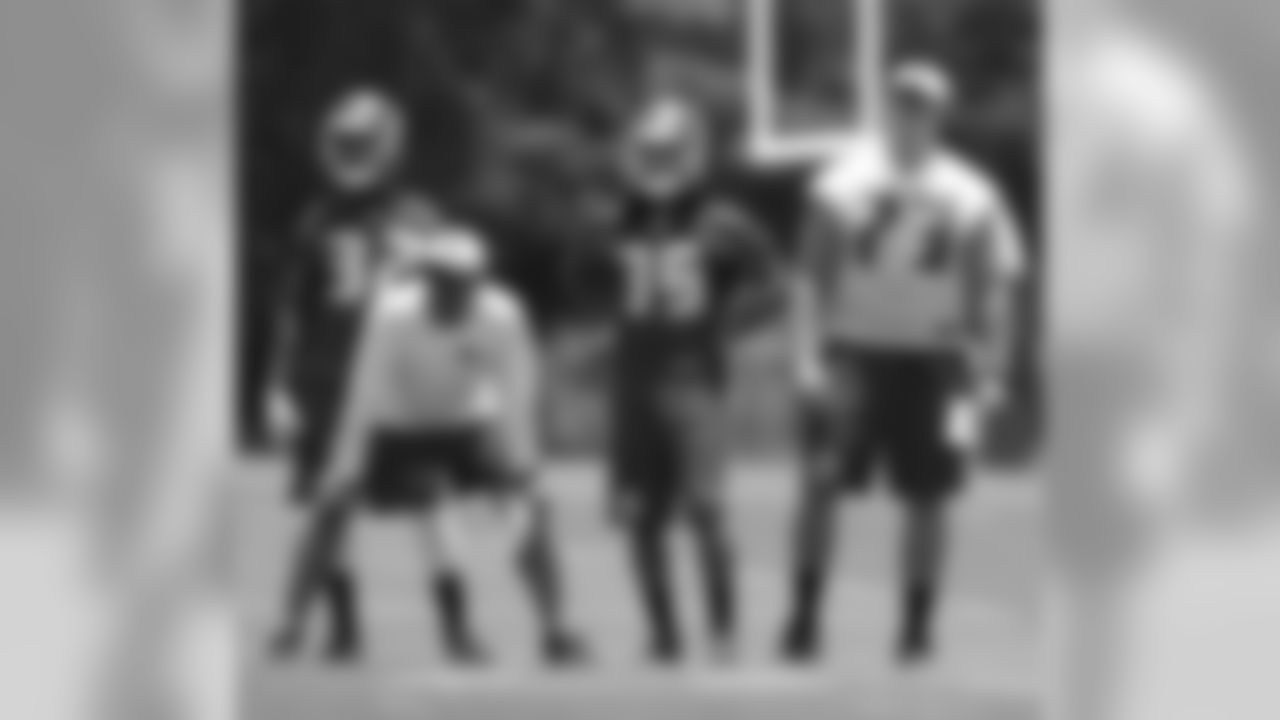
35 Javien Elliot

Micah Awe
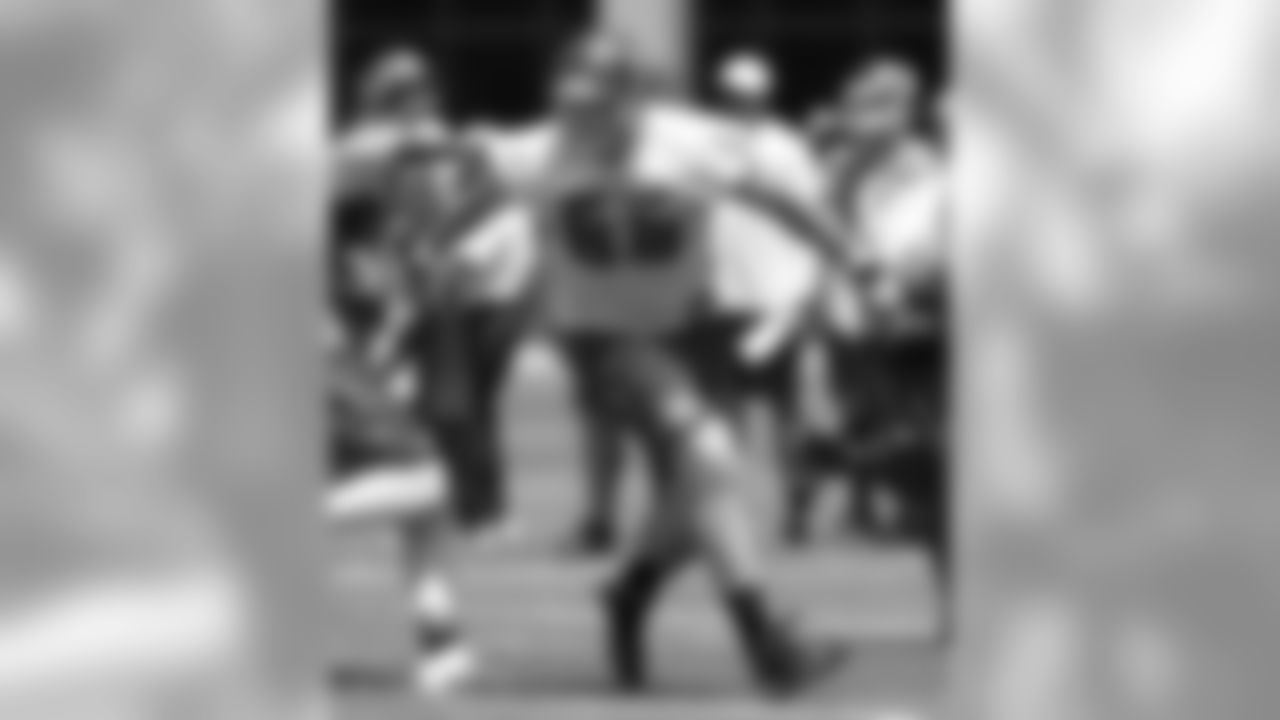
Leonard Wester
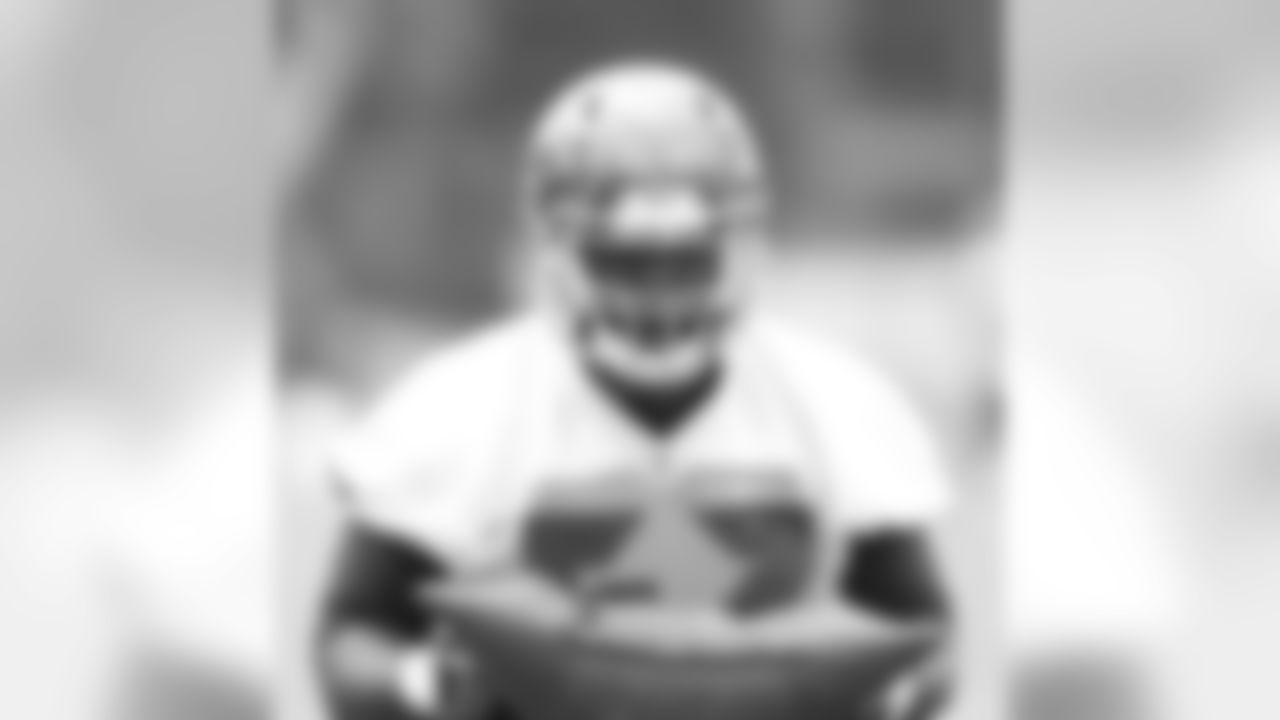
Kelby Johnson

Travis Britz
Each week during the remainder of the offseason, Senior Writer/Editor Scott Smith will dip into the inbox to answer questions from Buccaneer fans. This week, we look at both sides of the debate regarding the team using a second-round pick on kicker Jameis Winston, then move on to examine the undrafted linebackers who signed with Tampa Bay. Another fan also wanted to know about the possibility of rookies changing their jersey numbers.
Fans can submit questions for upcoming mailbags via Twitter to @ScottSBucs (#BucsMailbag), through a message on the Buccaneers Official Facebook Page or via email at **tbbsocial@buccaneers.nfl.com*. The One Buc Mailbag runs every Thursday and is not necessarily meant to reflect the opinions of the team's management or coaching staff.
*1. K-2?
Mr. Smith
So the draft is over and a lot of the pundits are surprised and even aghast with the Buc's for taking a kicker in the second round( albeit the second pick in the second round, so does that technically make him a 3rd round pick?). Oh well, never mind, back to the reason for this letter.
This makes perfect sense to me. I see it like this, I have a team with a good base of players and a lot of rookies or 2nd year players. I expect to be in most games in the final minutes. If the game comes down to a field goal attempt or the need to prevent a kickoff return in order to make the field longer for the other team who is going to do that? A kicker of course. Teams select players who they think can help them win games.
Mr. Smith this question is for you) how many games in the last 3 or 4 years have the Buccaneers lost either because of missed (or not attempted because of accuracy issues or range issues) field goals or because of long returns by the opposing team following a Buc's lead and kickoff, that allowed the other team a chance to score and win?
Now I ask you, what other player besides the OB can win (or lose a game) on a regular basis besides the QB?
Nope, I am all in on this selection.. Kudo's to the Buc's coaches for doing what may translate to 2, 3 or even 4 wins this season..
Cant wait to see the pundits eat crow on this one late in the season.
I will even provide the salt and napkin. Michael Wilson Formerly of Cocoa, Fla and Roanoke, AL) Apple Valley, California ( the high desert)
That's all very well-put, Michael. But now the counterpoint…
As you can imagine, there were plenty more like this, and not all of them as calmly-worded. I appreciate your efforts, Michael, but as I said to Casey on Tuesday's Insider Live, I don't expect to be able to change the minds of those who disapproved of using a late second-round pick on a kicker, or especially of trading up to do so.
For instance, look at Kyle's point above; it's a logical concept. Really, it's the same logic that people apply when they're drafting a fantasy football team and they wait until the sixth round to take a quarterback. Quarterbacks are often the highest-scoring players in fantasy football (just like kickers are in real life) but that doesn't mean they all get taken in the first round. If there isn't much of a difference between what you're going to get if you take the fifth or 10th one on your list. You use early picks on RBs and WRs because there is a larger difference between what you get out of them as you go down the list.
So I understand that concept, even if I don't agree with how it is applied here. Last year, the best kicker in the league (the Cowboys' Dan Bailey) made 93.8% of his field goals and 100% of his extra points from the new, longer distance. Seven other kickers topped 90% on field goals and three of those seven made either all or all but one of their PATs. The Bucs' kickers combined to make 72.5% of their field goals while misfiring on 31 of 34 extra point tries. Connor Barth was an obvious improvement over Kyle Brindza, who flamed out early, but even the proven Barth succeeded at just 82.1% on field goals.
Barth has had some excellent stretches for the Buccaneers and will probably find another job in the league. I hope so; he deserves it and he's very easy to root for. That said, over the past five years, the Bucs' field goal percentage has been at 81.8%. The best team in the league (Dallas) has bene at 90.6%. That, to me, is a significant difference. Jason Licht and company clearly believe that Roberto Aguayo can be a kicker on the caliber of Bailey or the annually proficient Stephen Gostkowski. If they're right, they've made a very big improvement to the team, which is the whole idea of the draft.
(By the way, I find it funny that, collectively, we got 749 words into this discussion before mentioning Aguayo's name. That's an indication of how divisive this issue is – just the phrase, "kicker in the second round," sets off the discussion, without any consideration of how good that kicker might be.)
By the way, while the Aguayo pick did wreck many of the draft report cards handed out by the pundits, not all of them thought it was a bad move. ESPN's John Clayton ranked the Bucs as having this year's second-best draft class and lauded Licht for landing an extra fourth-round pick and using it to move up to get Aguayo, whom he calls "supremely talented" and an "immediate upgrade." Clayton's ESPN colleague, Mel Kiper, said this in his own grade sheet: "I keep hearing people taking digs at the Bucs for drafting a kicker in Round 2, but Roberto Aguayo really is the kind of guy you take in Round 2. With PATs moved back and the fact that so many games come down to that one big kick, at that point it just doesn't look that bad."
And that's getting us around to the actual question Michael wanted me to answer: How many games have the Bucs lost in the last three or four years (let's round it up to five) due to missed kicks or long opposing kickoff returns?
The real answer, Michael, is that we can't really know for sure. Unless we're talking about a missed field goal or extra point that would have put the Buccaneers ahead at the very end of regulation, we can't say for sure how the rest of any given game would have unfolded after such a missed opportunity. On the flip side, we can't really account for situations in which the Bucs' coach did not have enough confidence in his kicker to send him out in a critical situation; that, too, can cost a team a game. But we can take educated guesses, and that's what I'll do here.
From 2011-15, I count five instances in which the Buccaneers missed one or more field goals/extra points and subsequently lost by the amount of points missed or fewer. They were:
- at Houston, 9/27/15 – missed three field goals and one extra point (10 total points) and lost, 19-9.
- at Cleveland, 11/2/14 – missed two field goals and lost, 22-17.
- vs. St. Louis, 9/14/14 – missed one field goal and lost, 19-17.
- vs. New Orleans, 9/15/13 – missed one field goal and lost, 16-14.
- vs. Atlanta, 11/25/12 – missed one field goal and lost, 24-23.
I think most of us remember that Houston game last year and I wouldn't call it a stretch to say the kicking mistakes cost the Bucs that game. The two misses against the Browns in '14 came on the Bucs' first two drives of the game, so that one's not as clear, but those lost points would have come in handy when the Bucs had a 17-16 lead in the fourth quarter instead of a 23-16 lead. Similarly, a blocked 24-yarder against the Rams in Week Two of that year came very early but meant the Bucs were protecting a one-point lead in the closing seconds, instead of a four-point lead. Almost exactly a year earlier, Rian Lindell missed a 47-yarder with a minute to play against the Saints, which left the Bucs still up by just one point, and Drew Brees and Garrett Hartley combined to take advantage. Finally, Tampa Bay let Connor Barth try a 56-yarder with 3:37 to play and a one-point deficit against the Falcons in 2012. Kind of hard to blame Barth for that one, but it technically fits in this category.
So, over the last five year, that scenario has happened about once a season. Now, one win is extremely significant in a 16-game campaign; if you could spend a draft pick on any player that would get you one more win a year, you would do it. Again, though, I think a great kicker's impact can be even larger than that because it affects the way his coach handles strategy.
As for kickoff return touchdowns, the Bucs have only allowed one in the last five years, at Tennessee in 2011, but it did happen to come in a six-point loss. You can add that to the list if you like, Michael. More importantly, this is likely to become more of a strategic issue going forward, just like the longer extra points. With the post-touchback line of scrimmage on kickoffs moving to the 25, teams are either going to be getting a lot more touchbacks (due to more hesitant opposing return men) or they're going to try more high, short kicks to try to force more returns. After the draft, Bucs Head Coach Dirk Koetter sounded as if his team would occasionally choose one strategy or the other based on their opponent, and indicated that he believed Aguayo could excel on both accounts.
I'm not going to spend much more time on this, Michael, because as I said above I don't believe there's much chance of changing the mind of a fan who disagrees with a kicker being drafted that high. On one hand, we can say that if Aguayo does prove to be one of the NFL's best and most reliable kickers, nobody is going to care five years from now how the Bucs got him. However, the counterargument that I imagine Kyle and others would make is that we'll never know how much Aguayo really cost the team on draft weekend because we don't know who would have been drafted instead of him in the third round, or with the fourth-round pick that was traded to move up.
Pictures from Hargreaves' photo shoot following the NFL Draft.
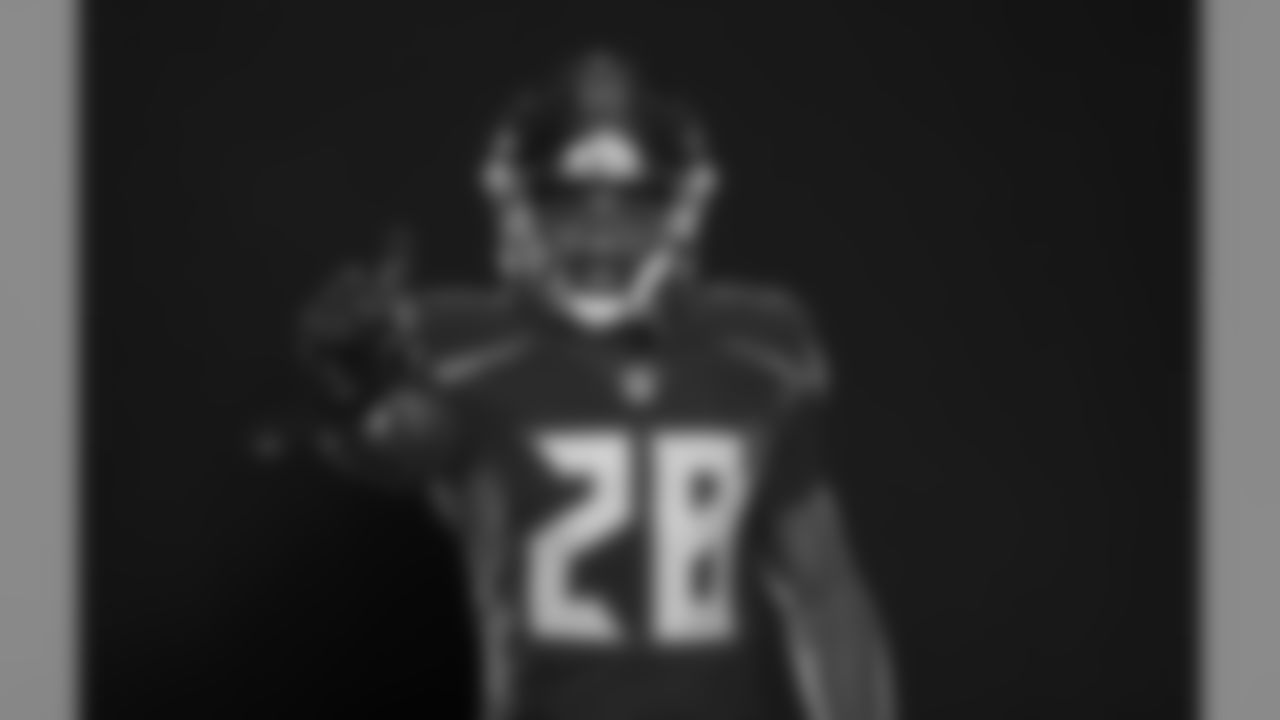
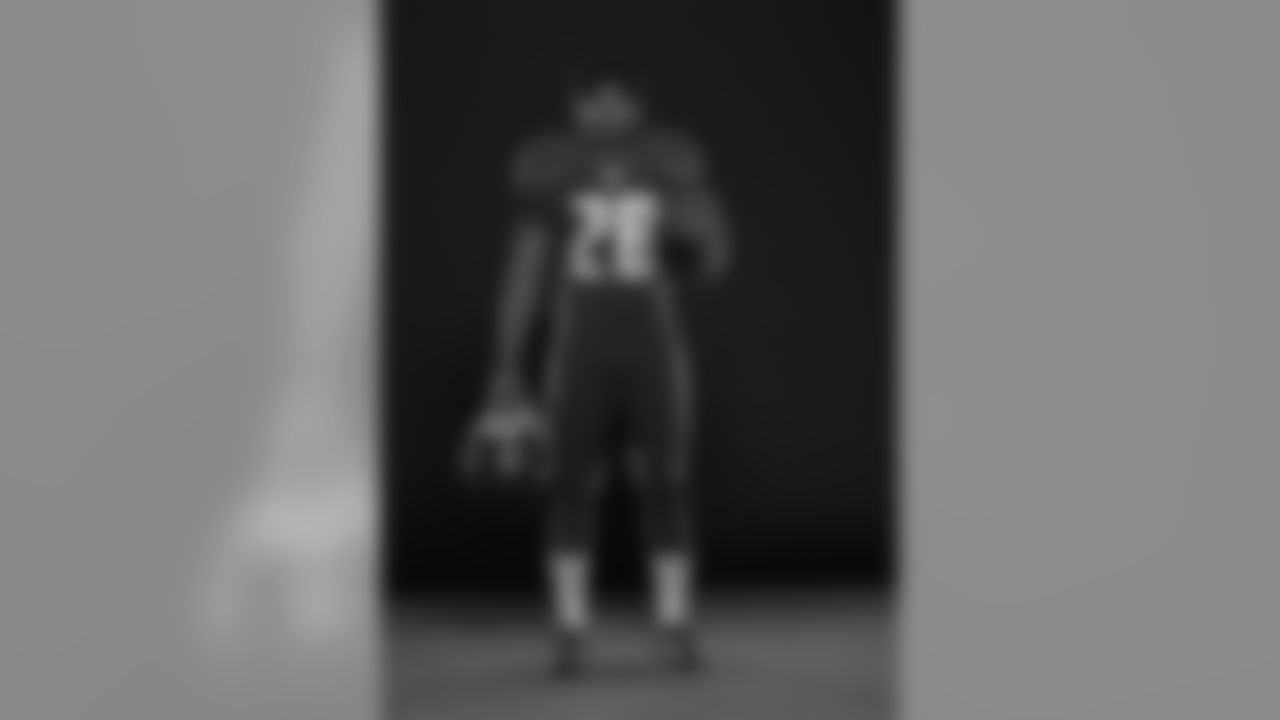
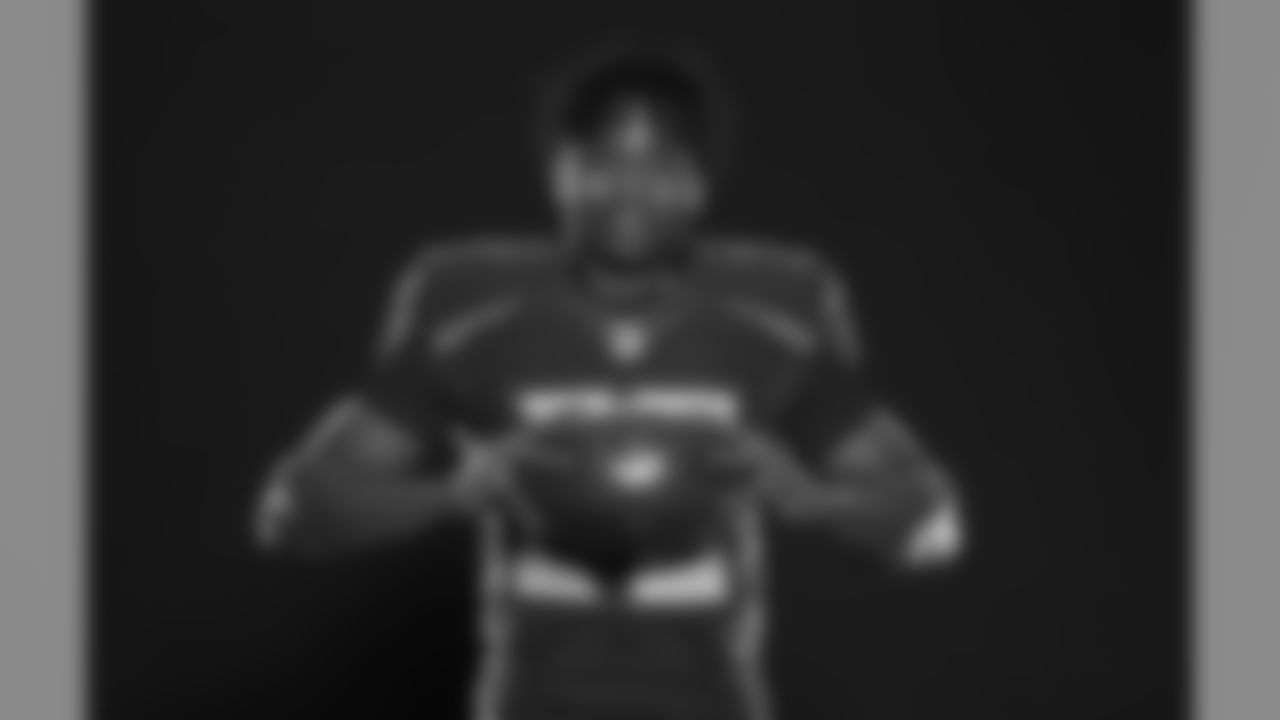
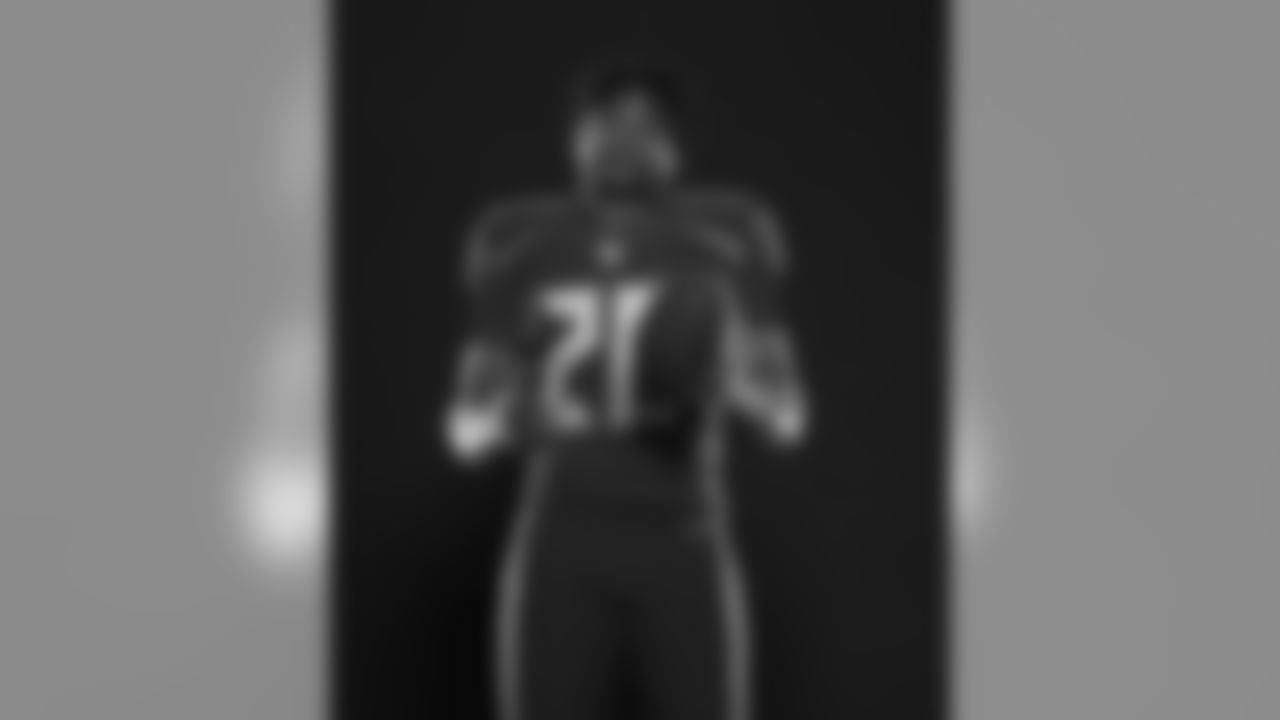



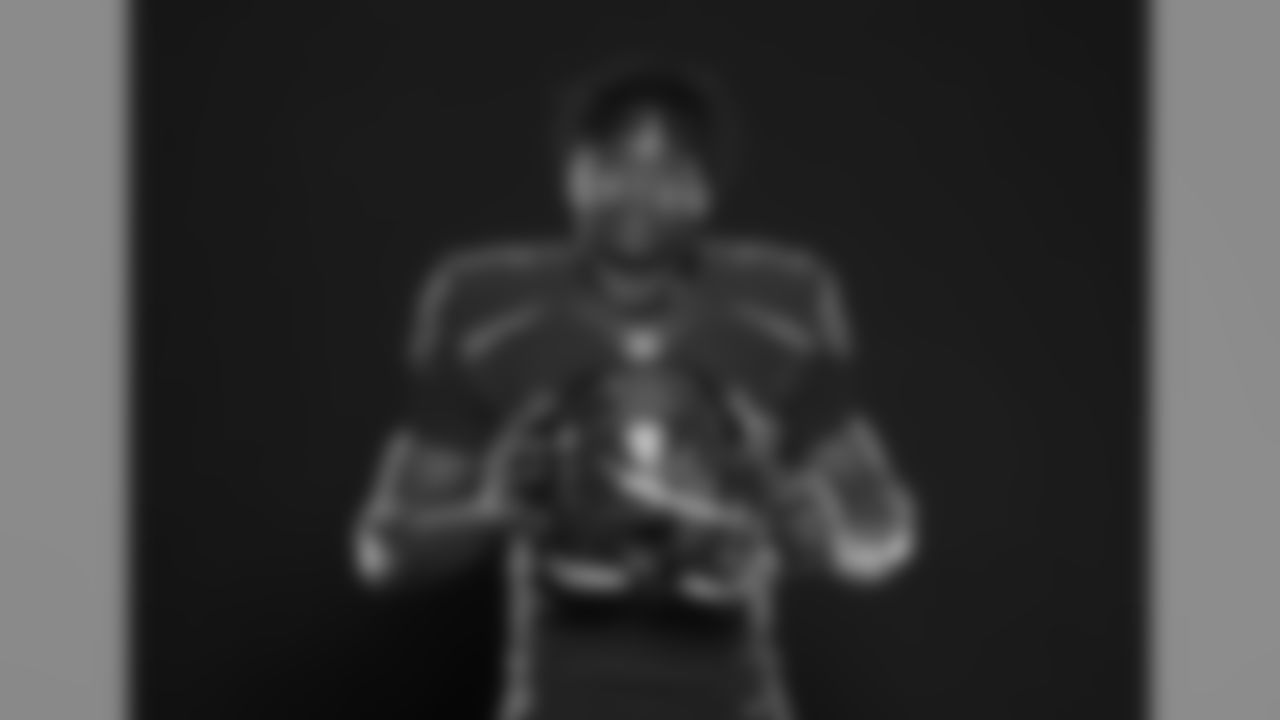

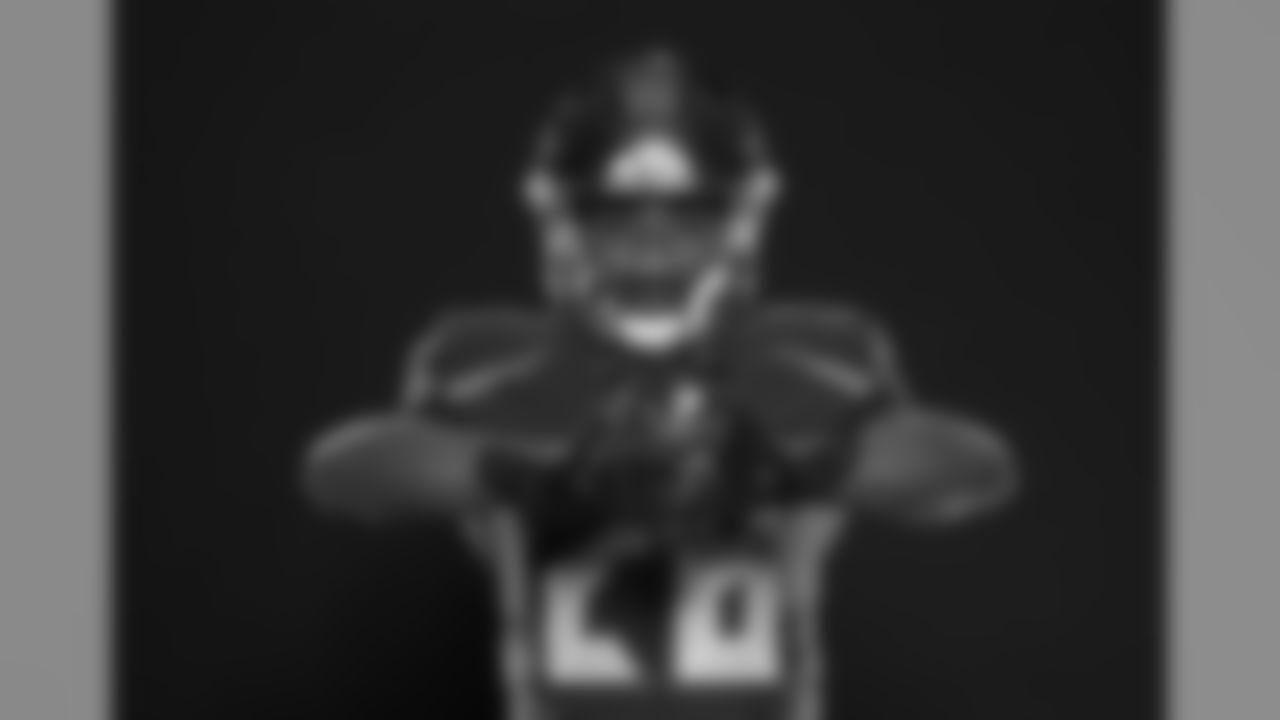
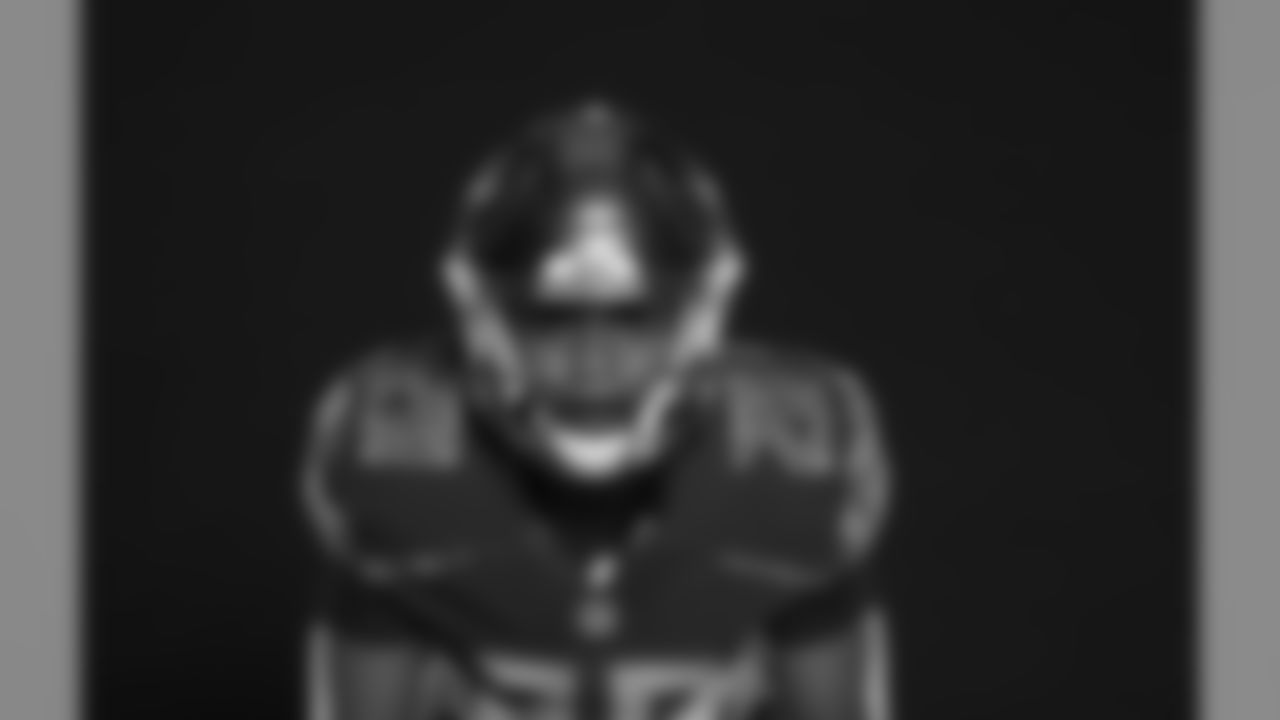
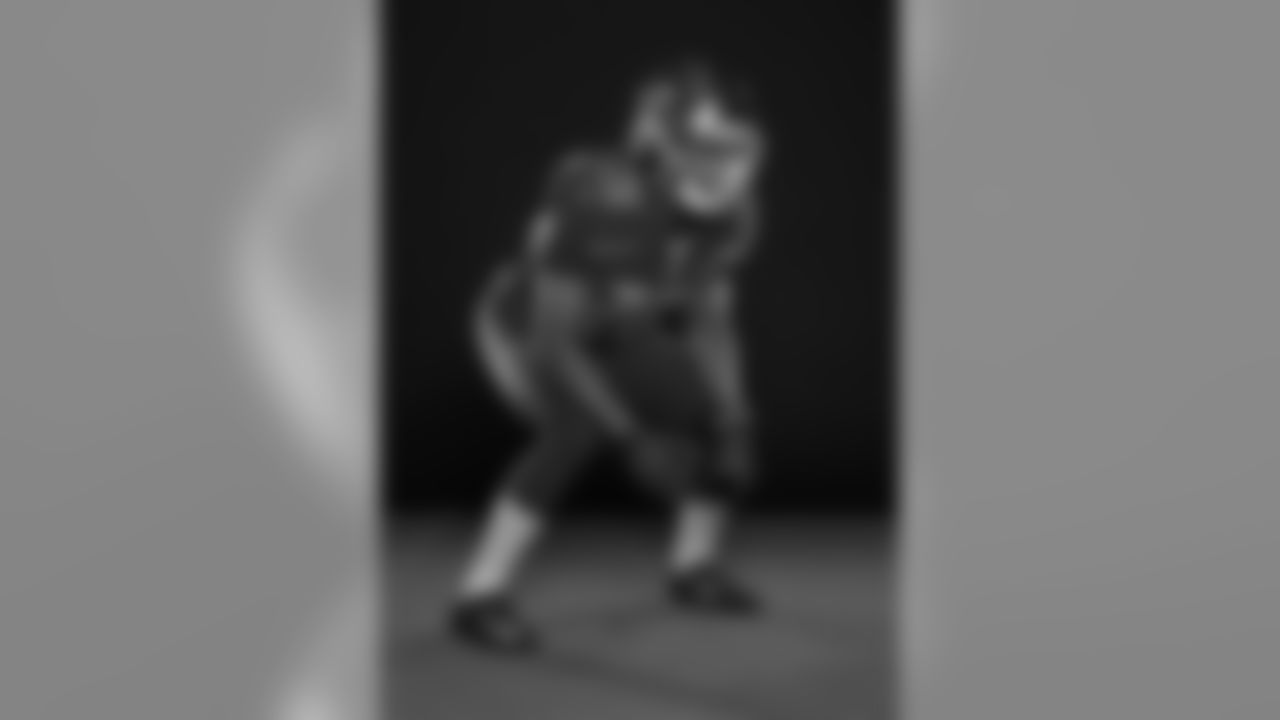
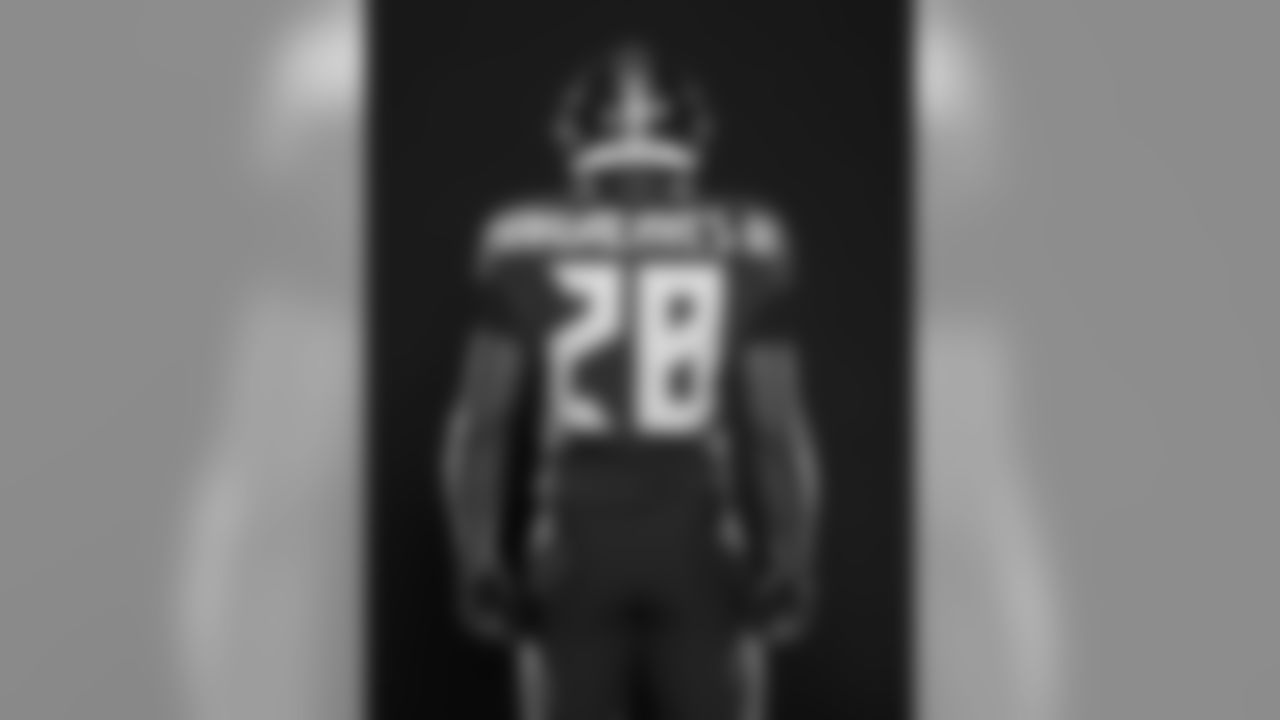
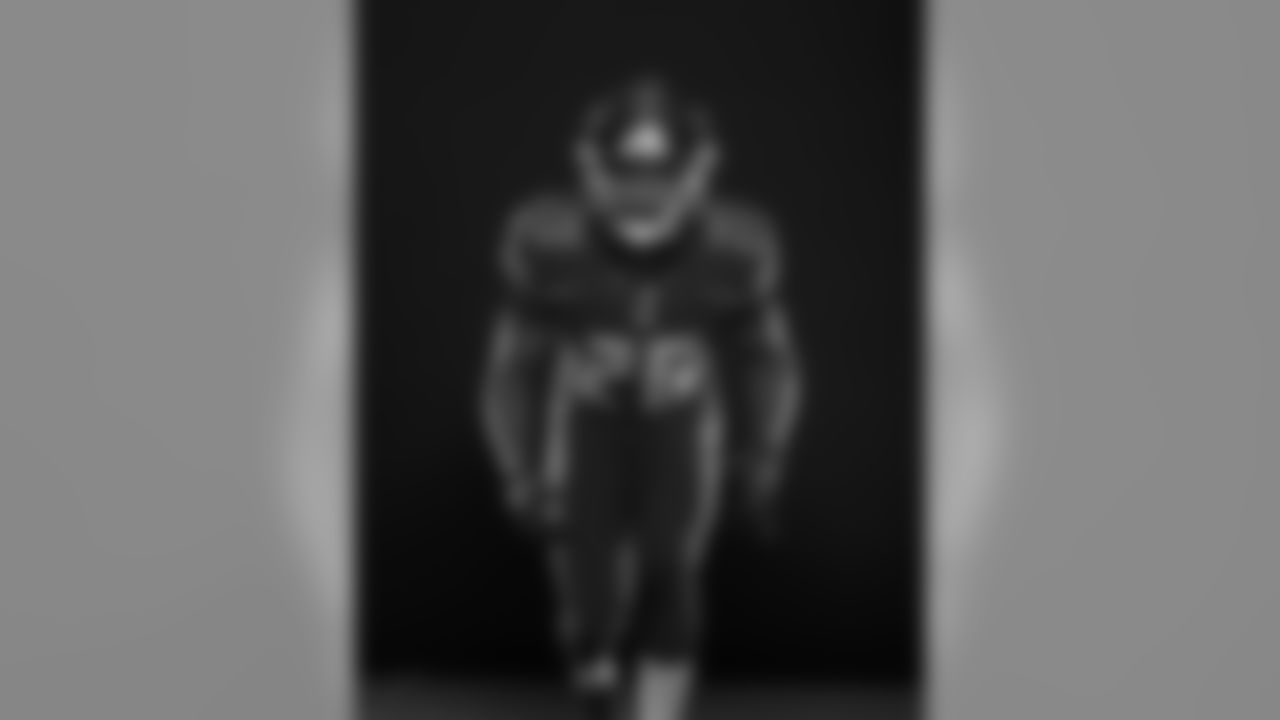
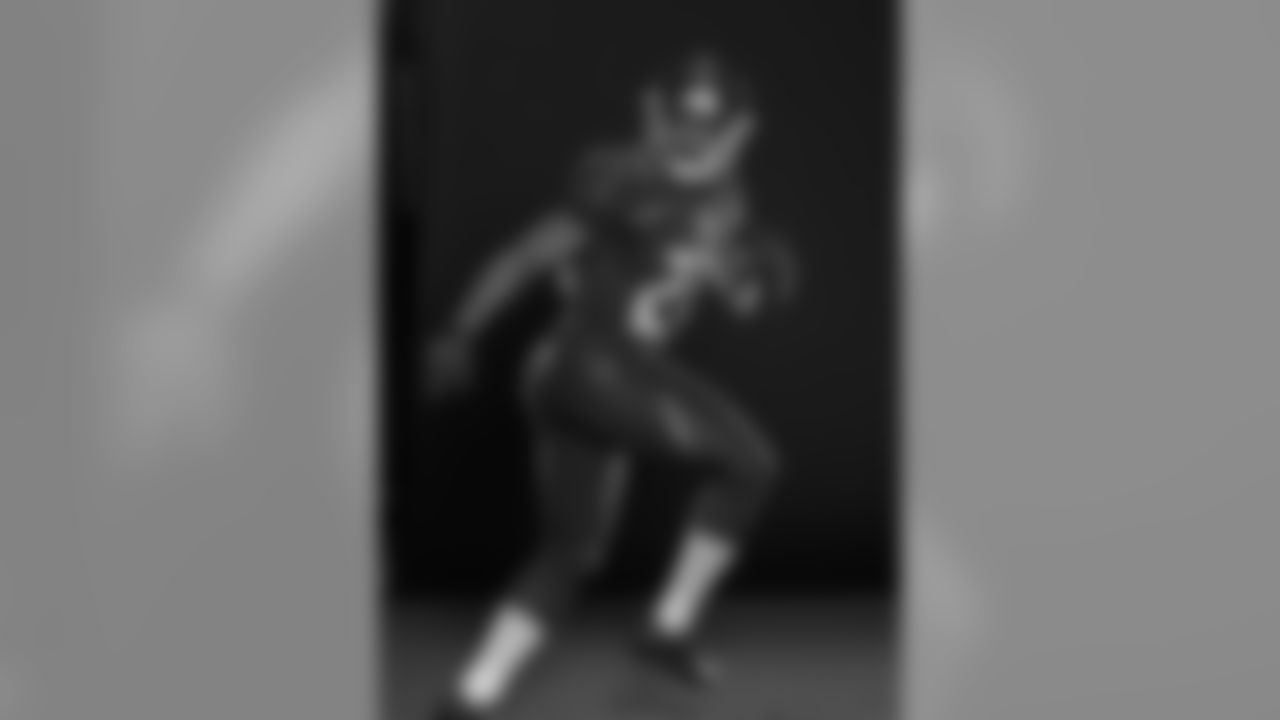
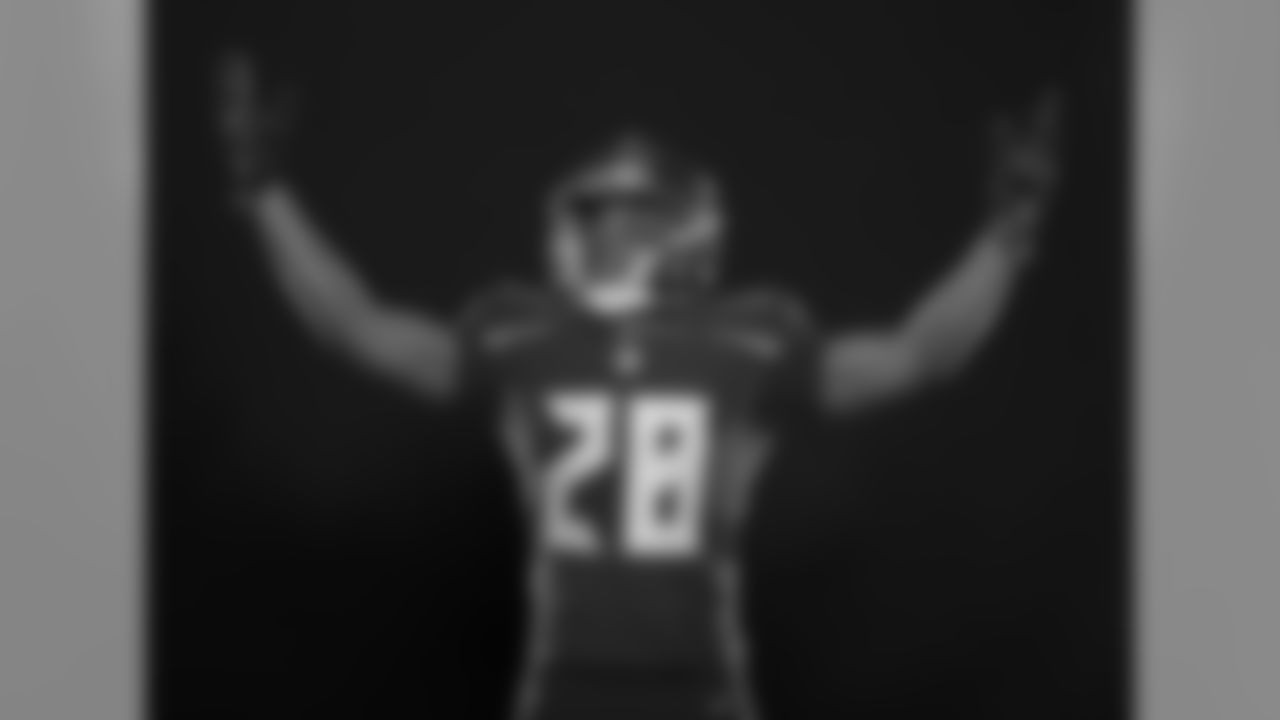
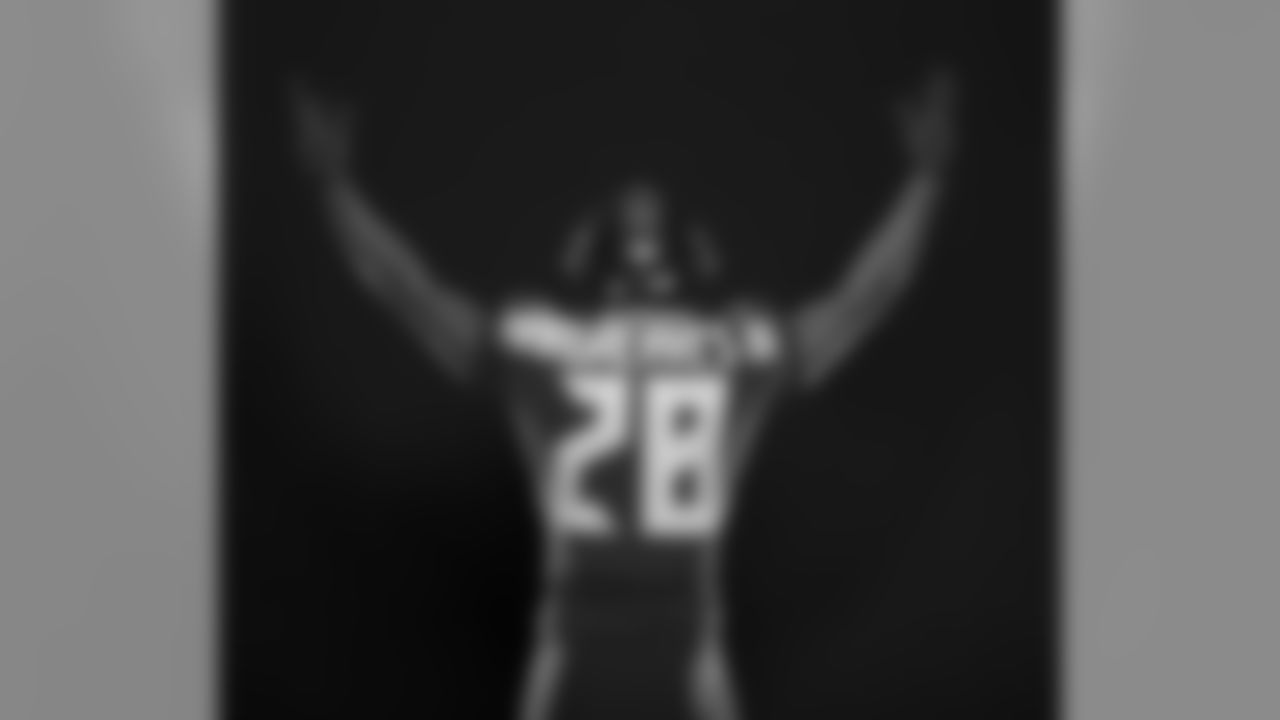
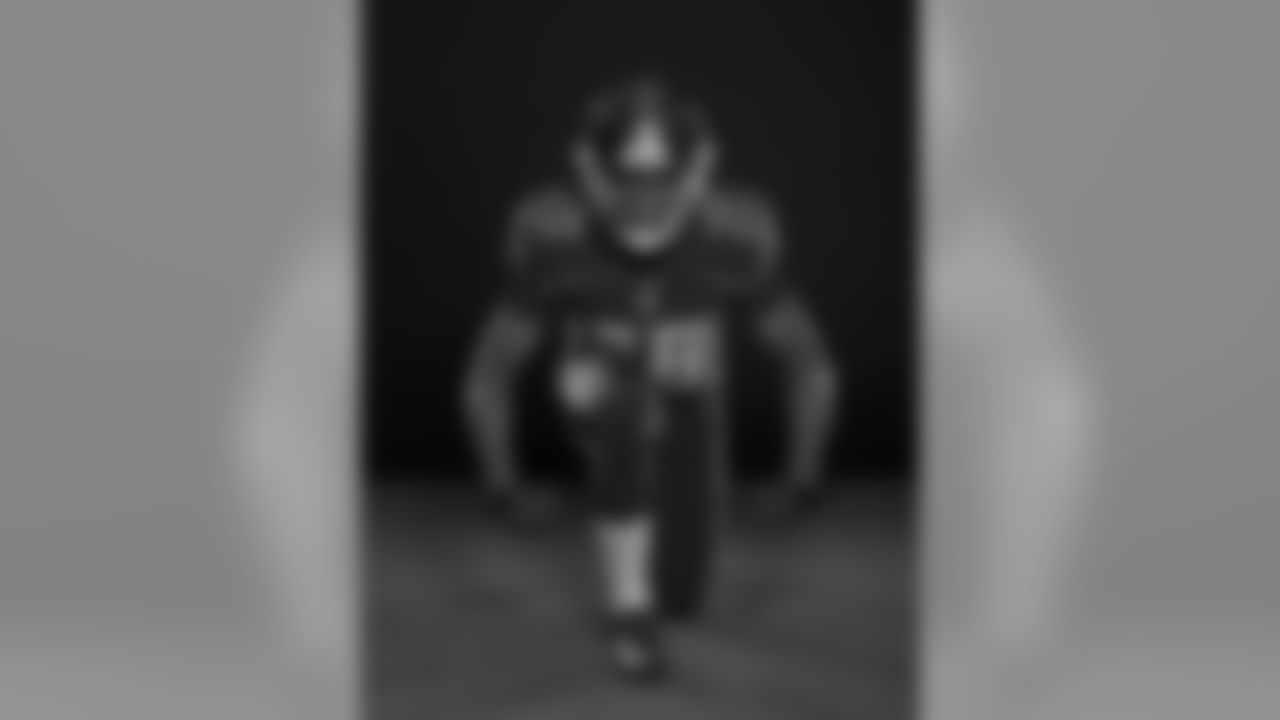
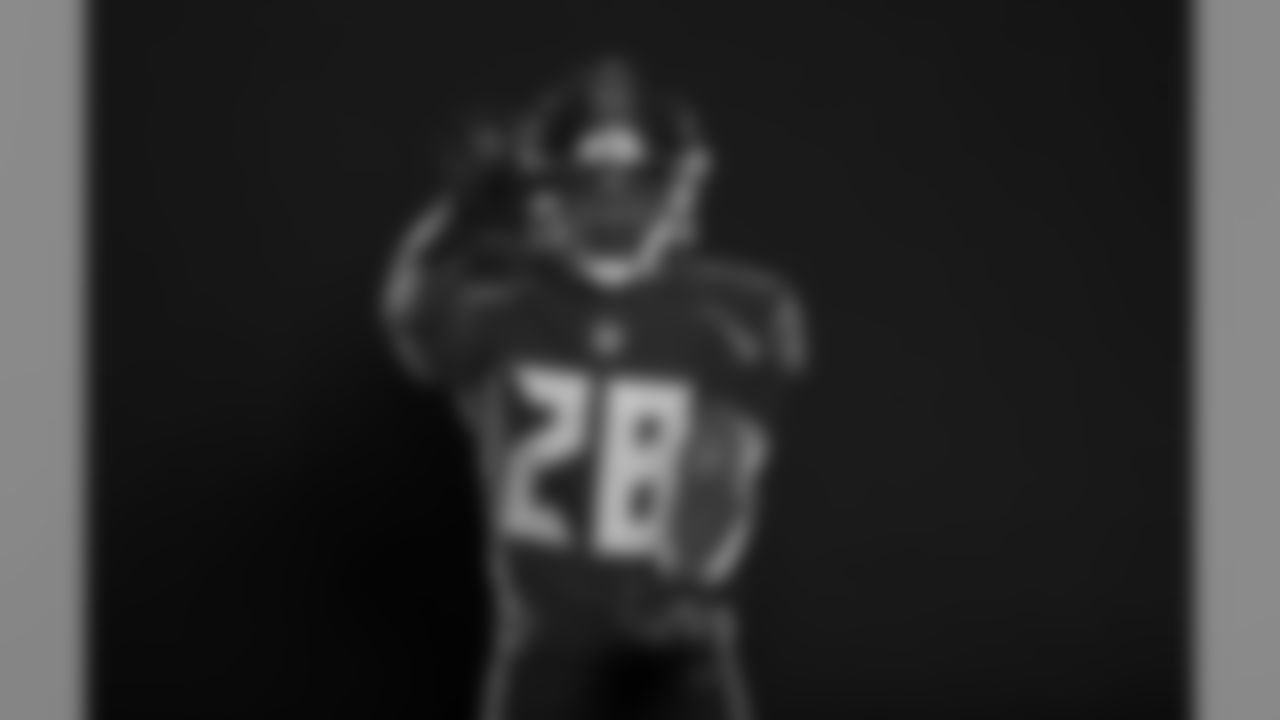
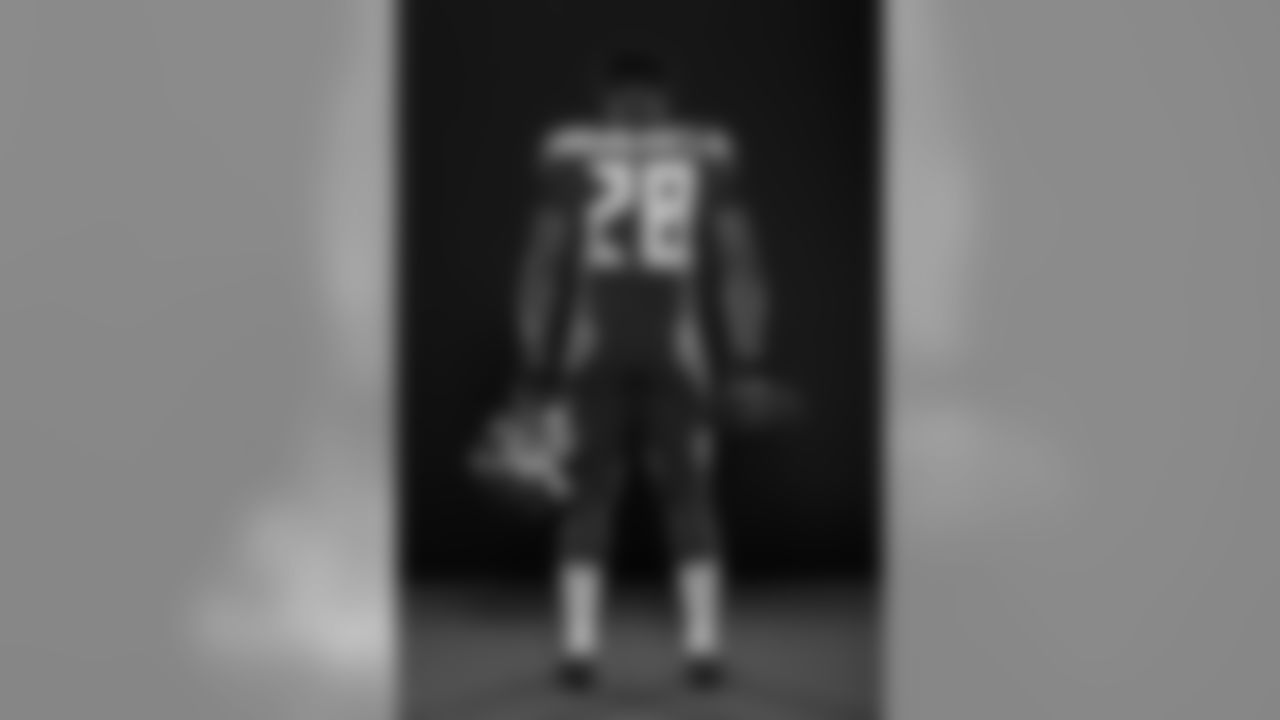
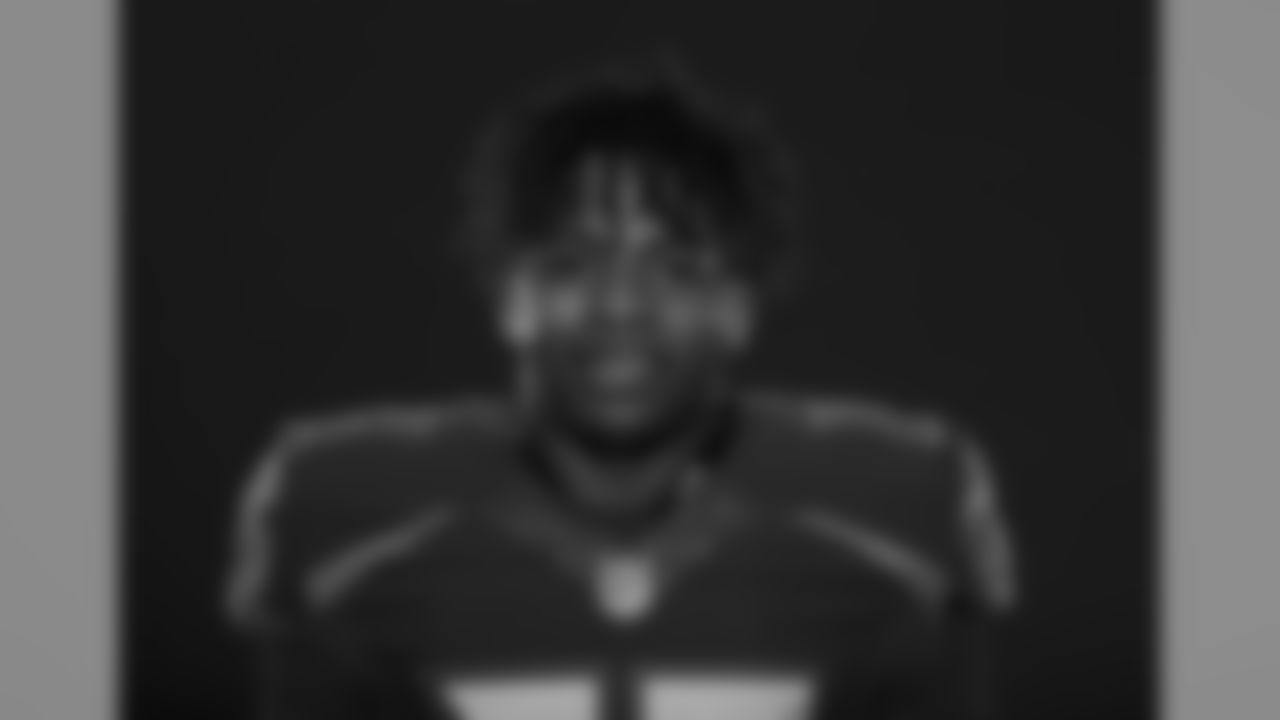
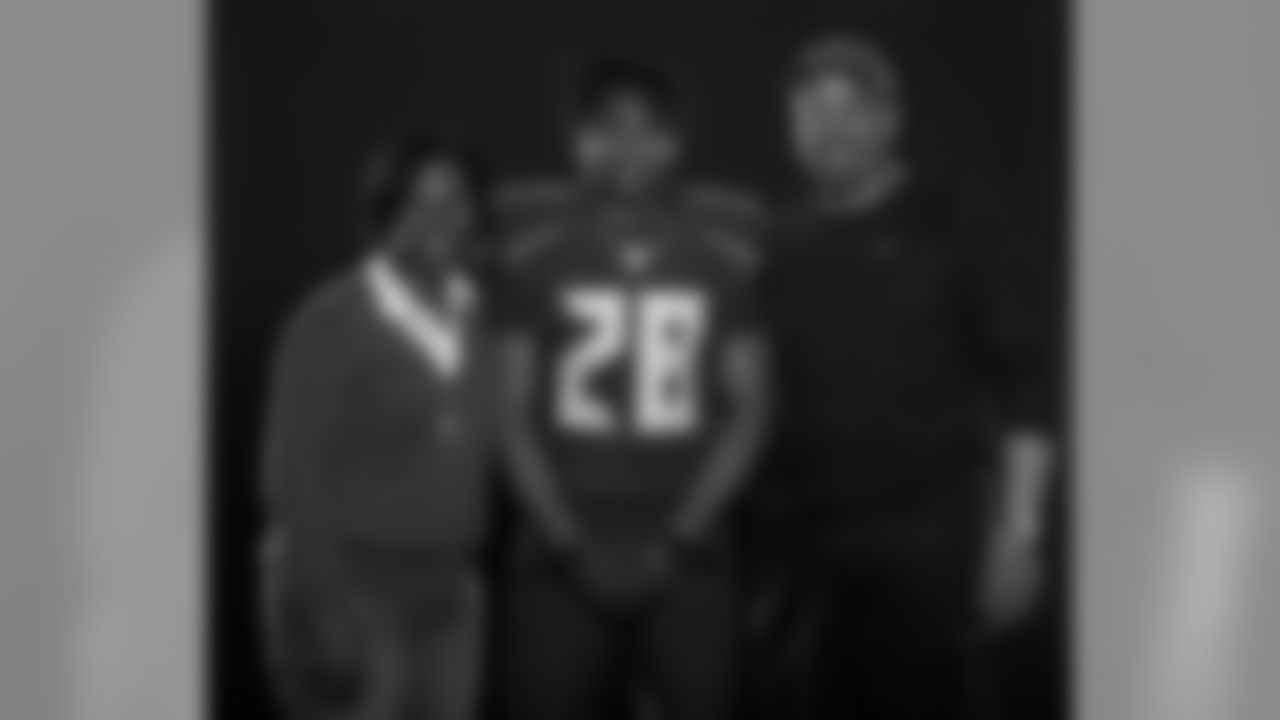
To that point, we can get an idea of what the Bucs might have expected to get from the 59th overall pick, where they selected Aguayo. If you use the Draft Value Chart devised by Chase Stuart on the Football Perspective website, that pick returns an average AV (Approximate Value – read more here) of 8.6 over the first five years of the player's career. The last time the Buccaneers used a pick in the first three rounds on a kicker was Martin Gramatica, a third-round choice in 1999. Gramatica racked up 17 AV in his first five years while kicking for four playoff teams and a Super Bowl-winning squad. Gramatica was a very good kicker; Aguayo, if anything, is considered a better prospect as he enters the NFL. I think it's reasonable to expect Aguayo to return a similar or better AV, which would make him a worthy #59. Even if we add in the AV from the fourth-round pick that was traded away (#106), we still only get a total AV of 13.5. By that measure, Aguayo can pretty easily give the Bucs a better-than-expected return on their draft assets.
2. Undrafted LB Help?
I think "very" thin is a bit much, Rance, but I'll grant you that there is virtually no starting experience in the Bucs' LB ranks behind the anticipated first-line trio of Lavonte David, Kwon Alexander and Daryl Smith. Adarius Glanton made two starts for Carolina as a rookie in 2014, but that represents all the career starts for returning reserves Glanton, Jeremiah George and Josh Keyes. Those three did play quite a bit on special teams last year, though, which is often what a team gets out of the second and third lines of its depth chart at linebacker.
The Buccaneers agreed to terms with more than a dozen rookies following the conclusion of the 2016 NFL Draft.

Traveon Henry, S - Northwestern

Elijah Shumate, S - Norte Dame

Cassanova McKinzy, LB - Auburn

Tyson Coleman , LB - Oregon
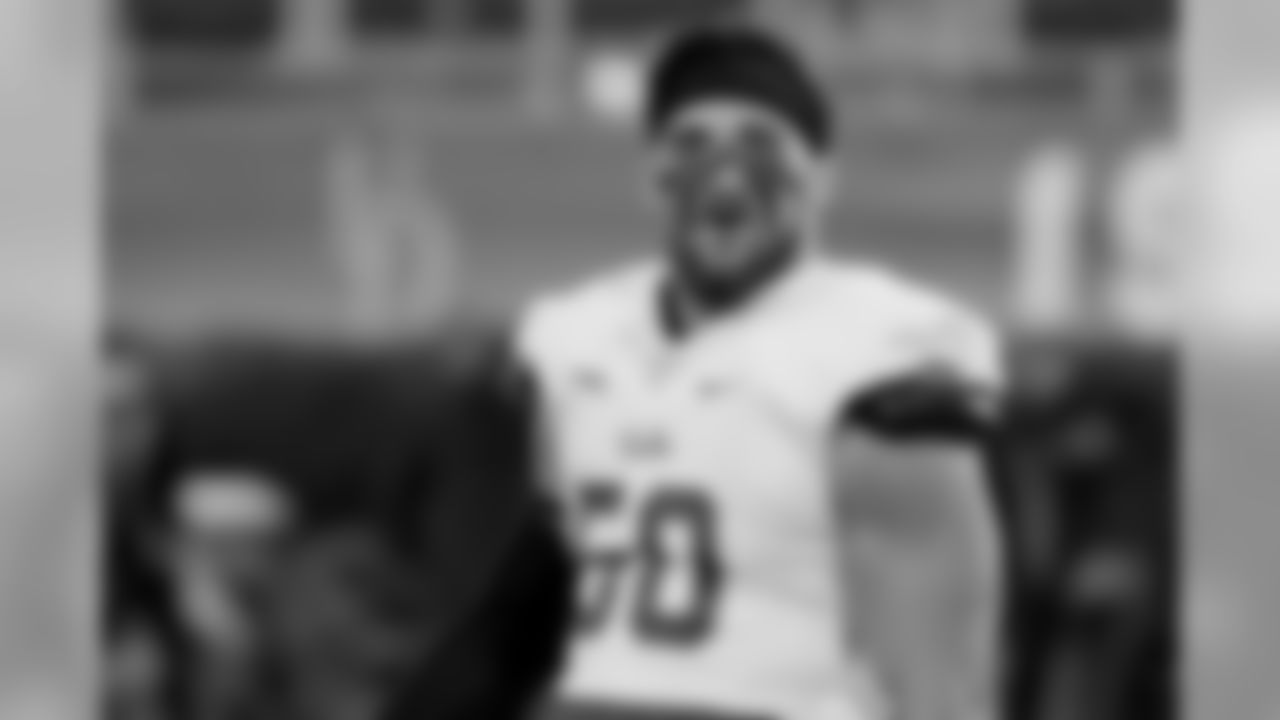
Luke Rhodes, LB - William & Mary

Davonte Lambert, DT/DE - Auburn

Channing Ward, DE - Ole Miss

Dominique Robertson, OG - West Georgia
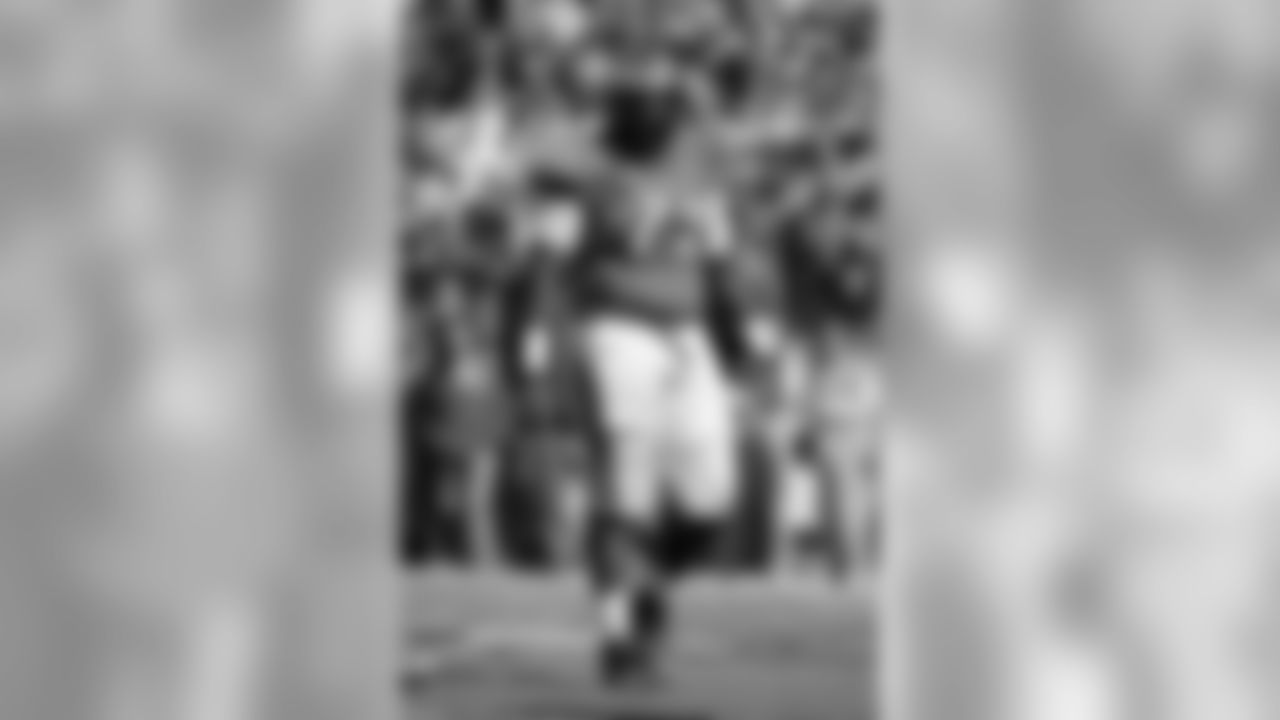
Taylor Fallin, OT - Memphis
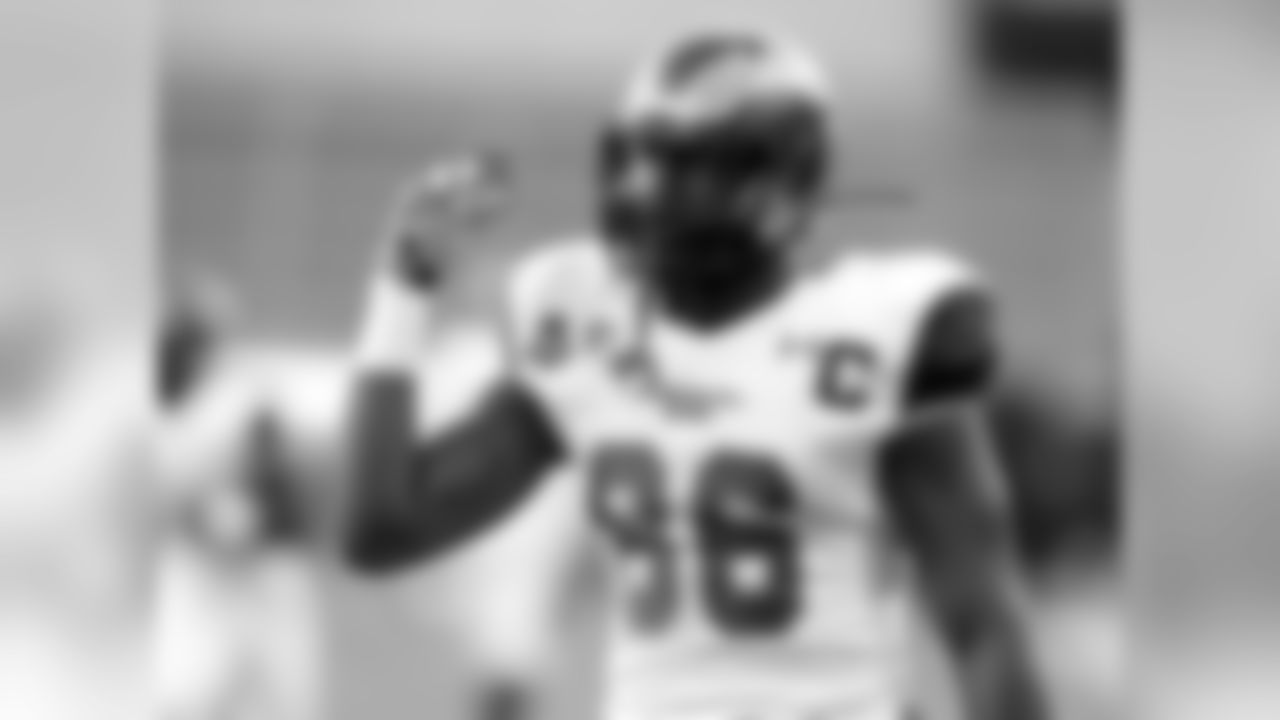
Kivon Cartwright, TE - Colorado State

Russell Hansbrough, RB - Missouri
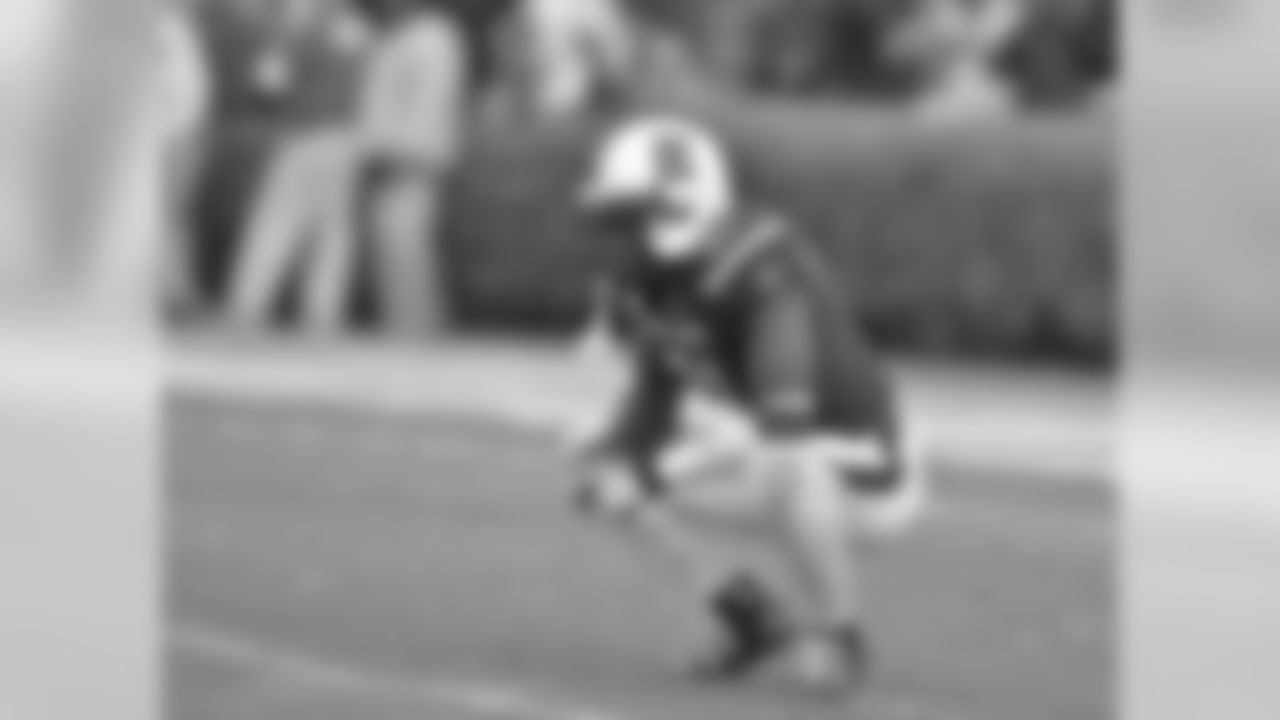
Isaiah Johnson, S - South Carolina
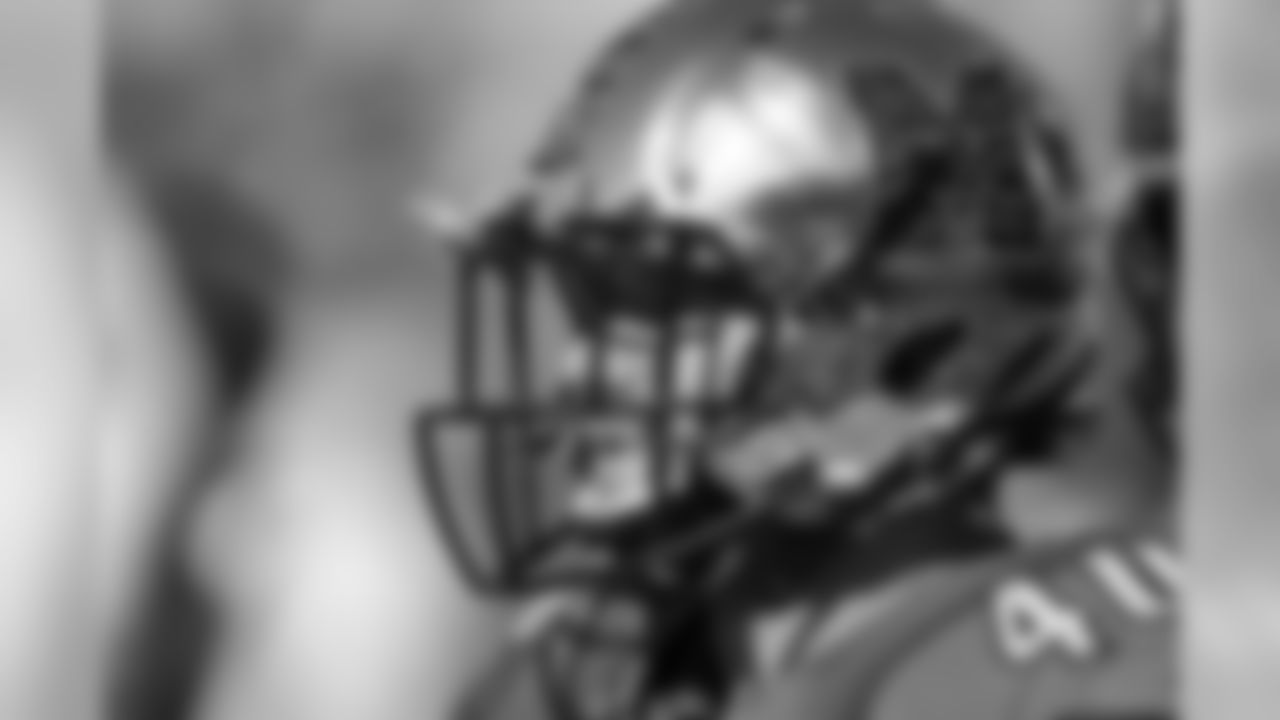
Alan Cross, FB/TE - Memphis

Dez Stewart, WR - Ohio Dominican via Ohio Dominican's website

Jontavio Morris, DT - UAB
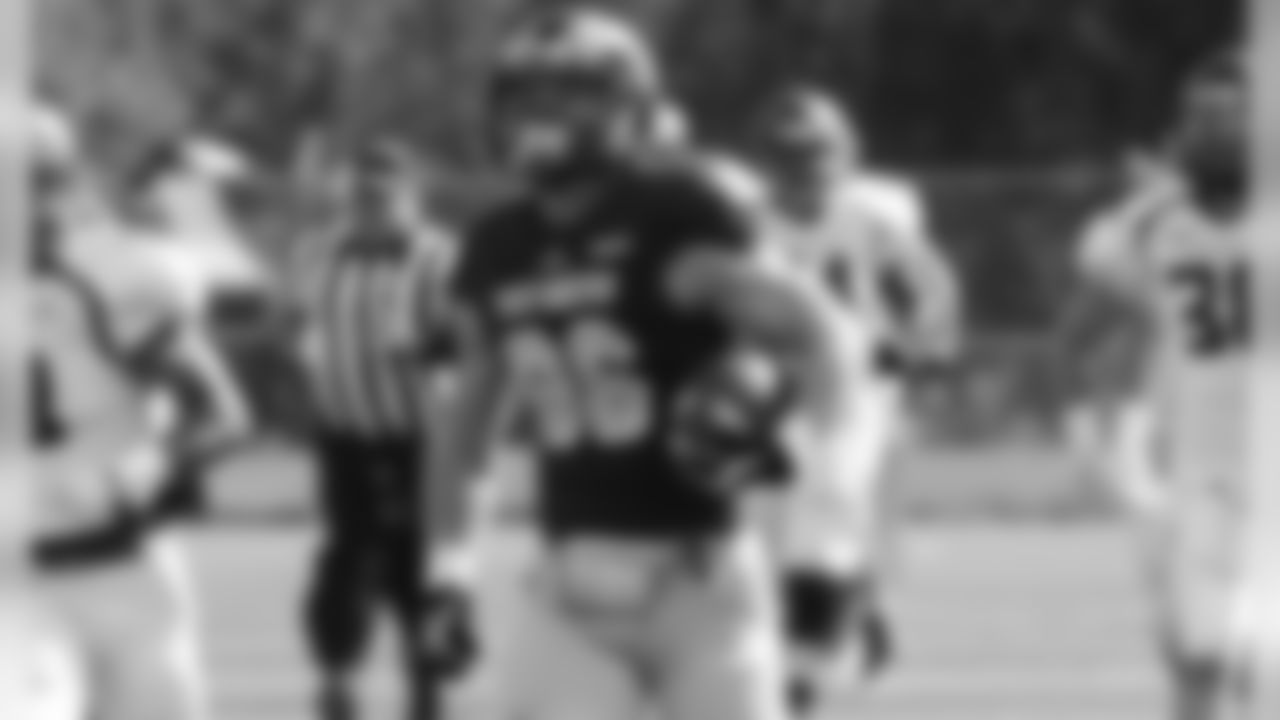
Tim Brown, TE/FB - West Chester
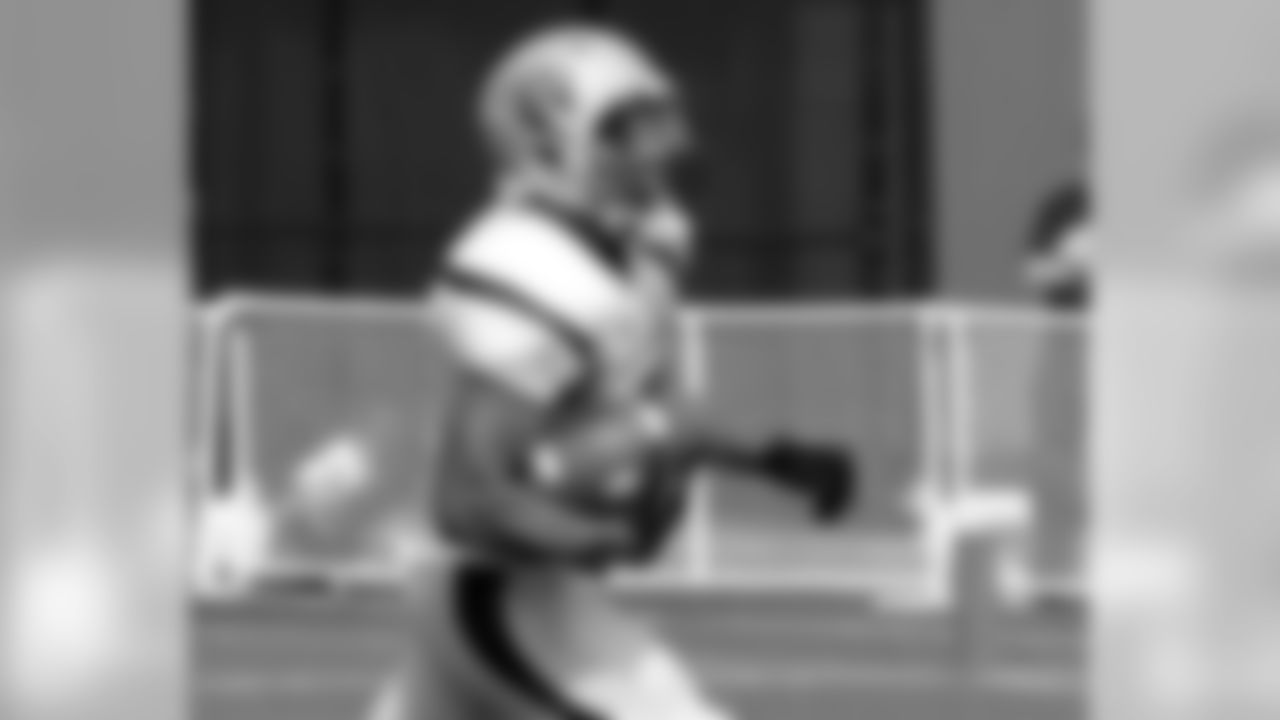
Anthony Kelly, WR - Kutztown via West Chester's website

Leonard Wester, OT - Missouri Western via @20StillRunning on Twitter
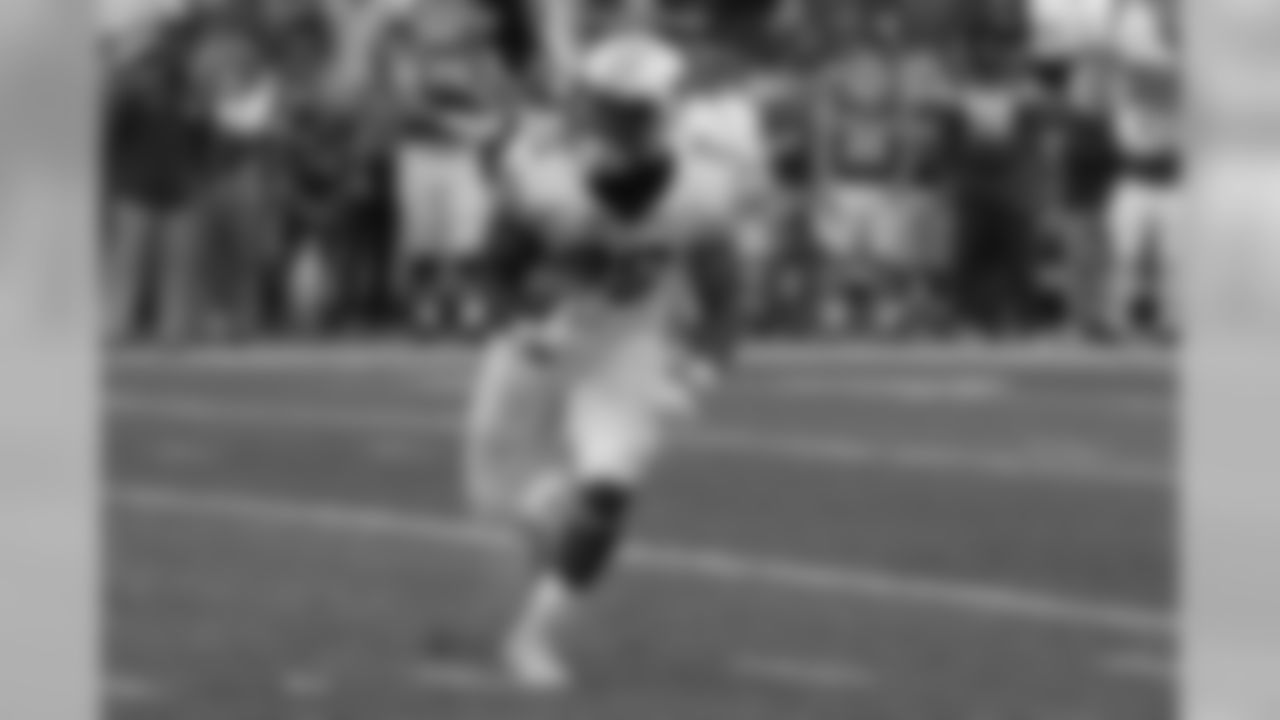
Peyton Barber, RB - Auburn
That sort of linebacker depth chart is not unusual, by the way. Look at the Carolina Panthers of last year, who featured two Pro Bowlers and a first-round rookie in their starting lineup, running out of a 4-3 bases like the Buccaneers. Luke Kuechly, Thomas Davis and Shaq Thompson gave the 15-1 Panthers a very strong front line, but the team only carried one other linebacker who had ever started an NFL game. That was A.J. Klein and his 10 previous starts over two seasons.
Most of the time last year the Bucs carried six linebackers on the depth chart; if Mike Smith follows a similar plan, that would mean that any newcomers would have to move past somebody from the Glanton-George-Keyes trio. Those newcomers include three rookies signed after the draft, which is who Rance is asking about: Oregon's Tyson Coleman, Auburn's Cassanova McKinzy and William & Mary's Luke Rhodes. Let's throw sixth-round pick Devante Bond, an Oklahoma product, into that mix.
Rance, I would be lying if I said I had a strong sense of who would come out on top in a competition between George, Glanton, Keyes, Bond, Coleman, McKinzy and Rhodes. We're probably not going to see much separation there until training camp. One thing seems certain – the reserve linebackers who prove to be most adept on special teams will have a serious leg up in that competition. We already know that George, in particular, can excel in that area. The scouting report on Oregon's Coleman is that he was very good in the kick-and-return game, too.
NFL Media senior analyst Gil Brandt names 11 rookies who will make an immediate impact on their new team.

Laquon Treadwell, WR - Minnesota
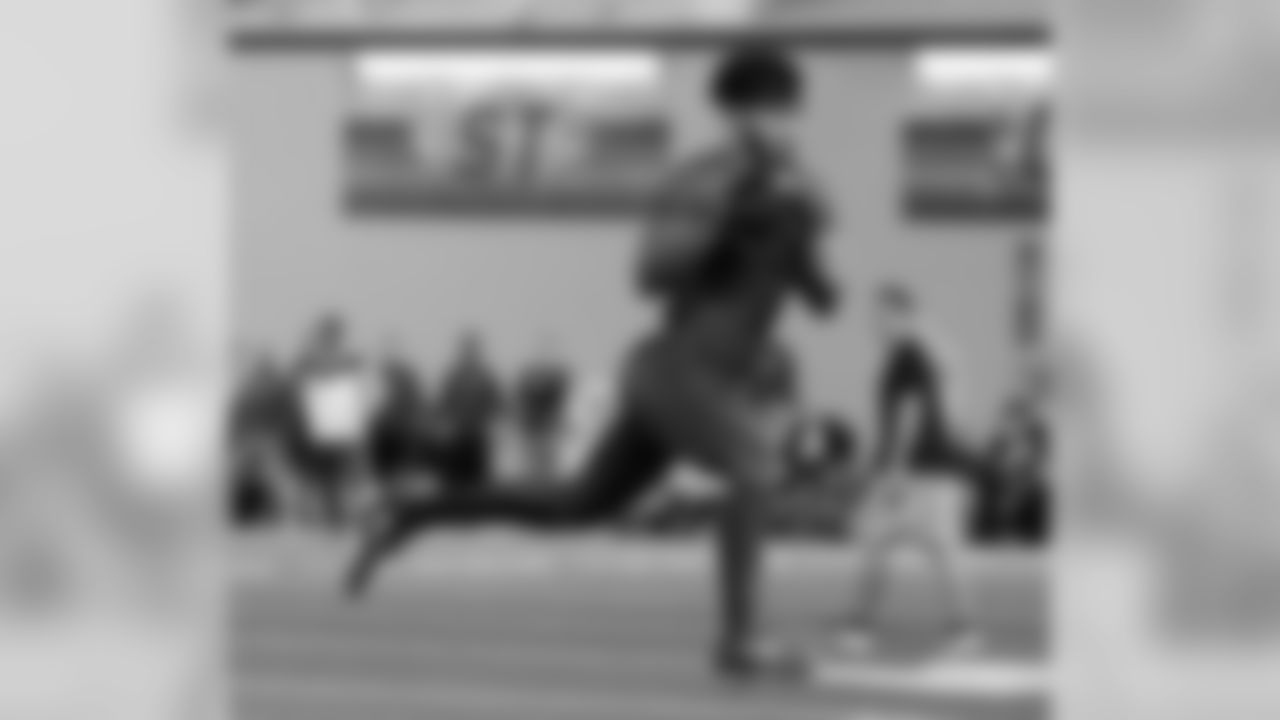
Braxton Miller, WR - Houston
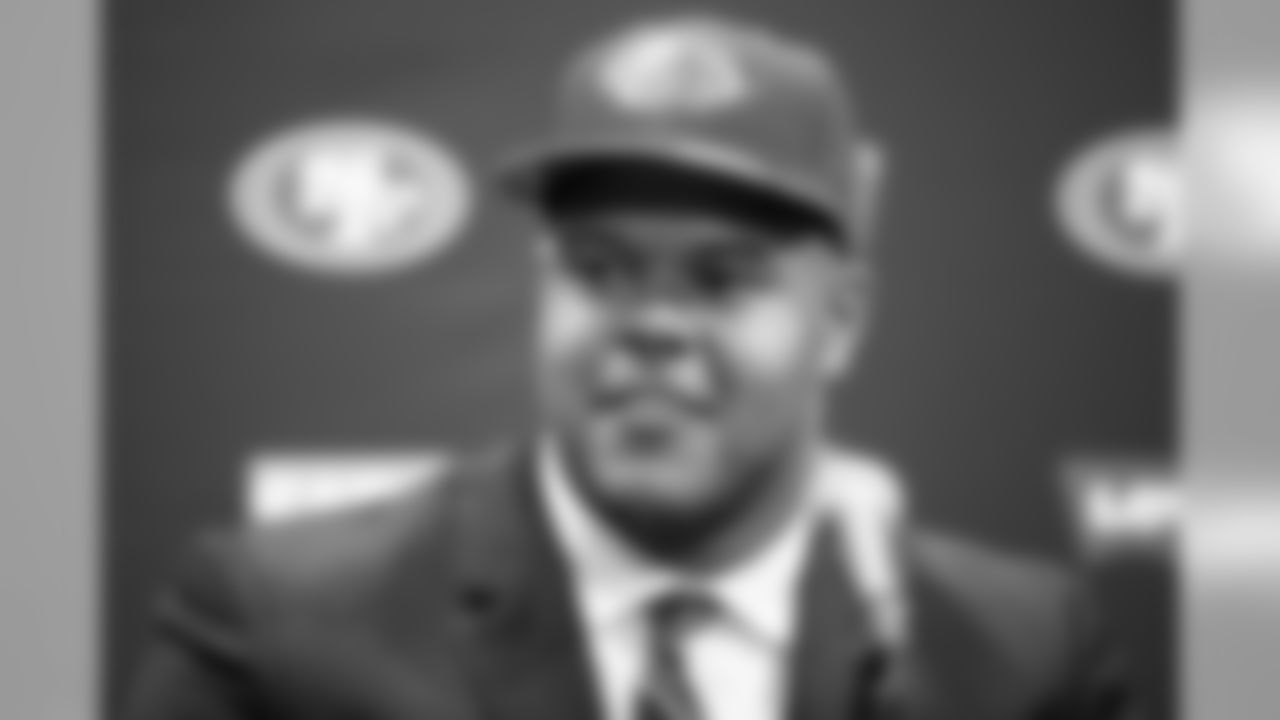
Joshua Garnett, OG - San Francisco

Tyler Ervin, RB - Houston

Corey Coleman, WR - Cleveland

Roberto Aguayo, K - Tampa Bay

Ezekiel Elliott, RB - Dallas
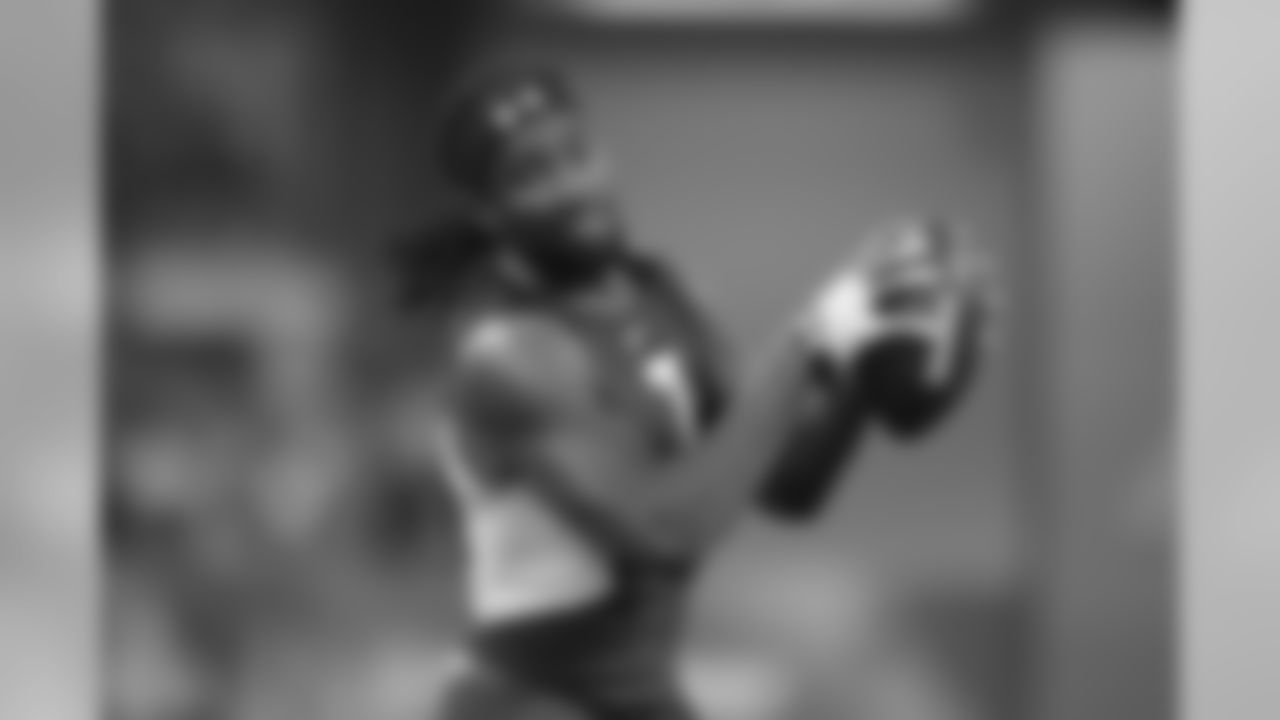
Temarrick Hemingway, TE - Los Angeles

Reggie Ragland, LB - Buffalo
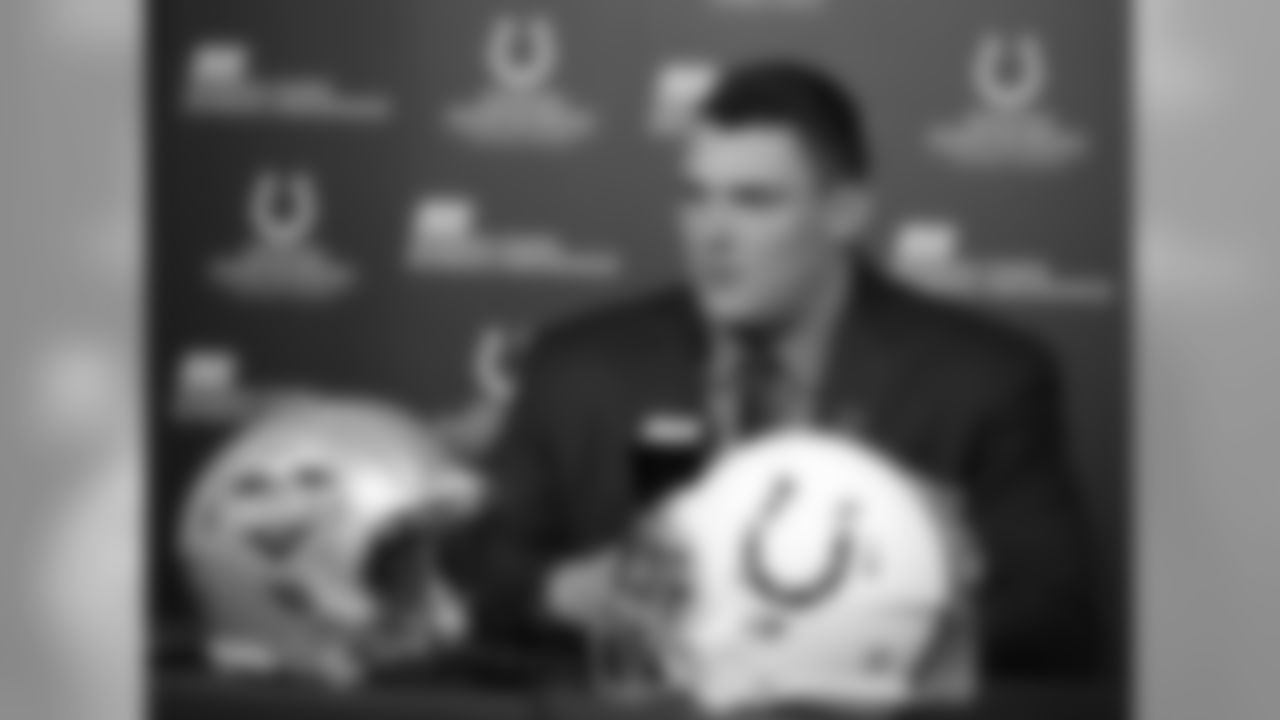
Ryan Kelly, C - Indianapolis

Keanu Neal,SS - Atlanta
There is a little buzz around the Buccaneers' "eighth-round" haul in the draft, however. NFL.com's Chad Reuter ranked Tampa Bay's class of undrafted rookies third-best in the league, and he specifically called Rhodes and McKinzy two of his favorite players to slip through the draft. The 248-pound McKinzy looks like he could play MIKE position, which might give him an advantage among a field of players more suited for the outside at WILL or SAM. He's apparently a hard-hitter and was projected by some to be drafted in the later rounds. Rhodes was a two-time team captain at William & Mary and a lot of NFL clubs like that. He also notched some pretty good drill numbers at his Pro Day, including a 4.71 40-yard dash.
I think there definitely is an opportunity here for one of those guys, Rance. I keep thinking about Jason Licht saying in this post-draft press conference that it was time for some "new blood" on the roster. I'm not taking anything away from the returning reserve linebackers, but I do think the newcomers are going to find a level and fair playing field as they try to make the roster. I would think their chances would be a bit higher, however, if the team hadn't drafted Bond in the sixth round. He would be my first bet to unseat one of the returning reserves or force the coaches to carry seven linebackers instead of six.
3. Evolving Jerseys?
Yes, that is possible, although the changes generally come a little bit before the regular season starts. The reason, as you can probably guess, is that trimming the roster from a camp high of 90 players to the regular-season limit of 53 tends to open up some numbers. An incoming rookie may have to go with his second or third jersey choice in May but later find his first choice available if a certain veteran is released. Generally, teams don't shift existing numbers around much to accommodate rookies; a high first-round pick might be able to talk his way into a number that had been occupied by a young player low on the depth chart.
I don't know if you picked Spence for a reason, if you believe he is not destined to stick in #57. He wore eight at Ohio State and nine at Eastern Kentucky, so it's not like he's holding out for his college number. If he wants something in the 90s, he'll probably have to hold out until cuts. All of the 90 numbers are currently occupied, though I suppose #90 Kourtnei Brown or #96 Cliff Matthews might be willing to switch. There were opportunities in the 70s for Spence when he was drafted, so I guess he wasn't trying to land in that range.
But, yes, any player's number could change. The most recent example I could think of in terms of a high-round draft choice was Sabby Piscitelli, a safety drafted in the second round in 2007. He started out in the spring with #38 but ended up in #21 after Alan Zemaitis, a cornerback drafted the year before, was released in the final cutdown. For the vast majority of draft picks, though, the number they get in their first weekend with the team tends to stick.




































